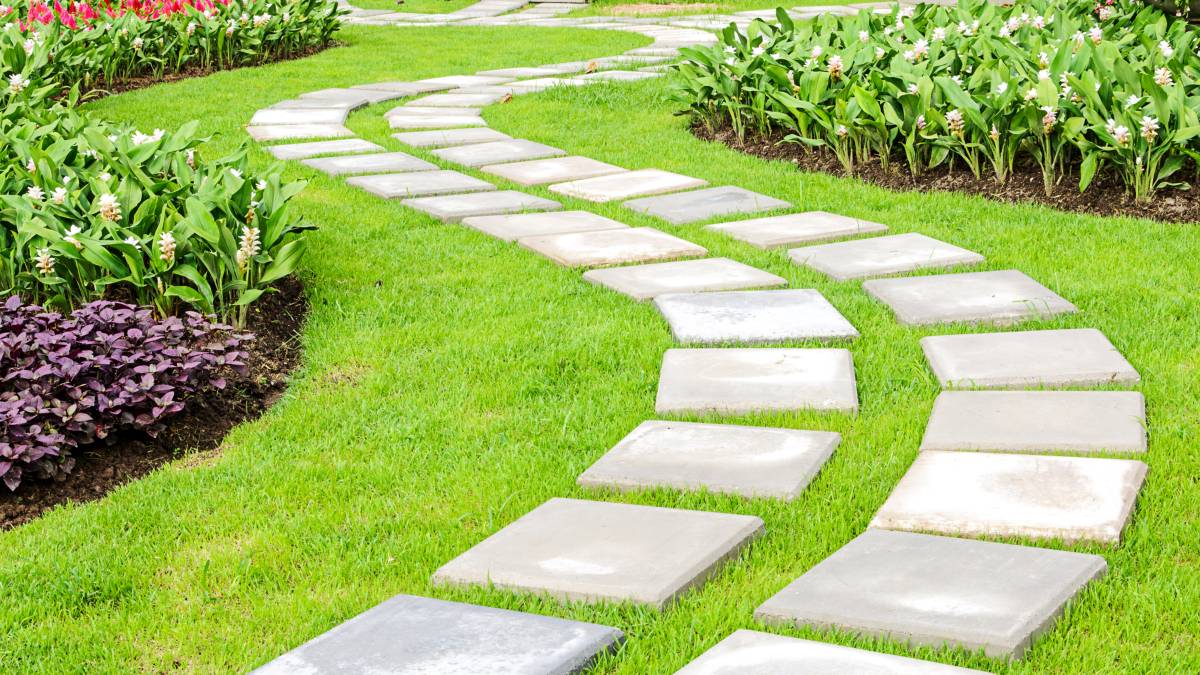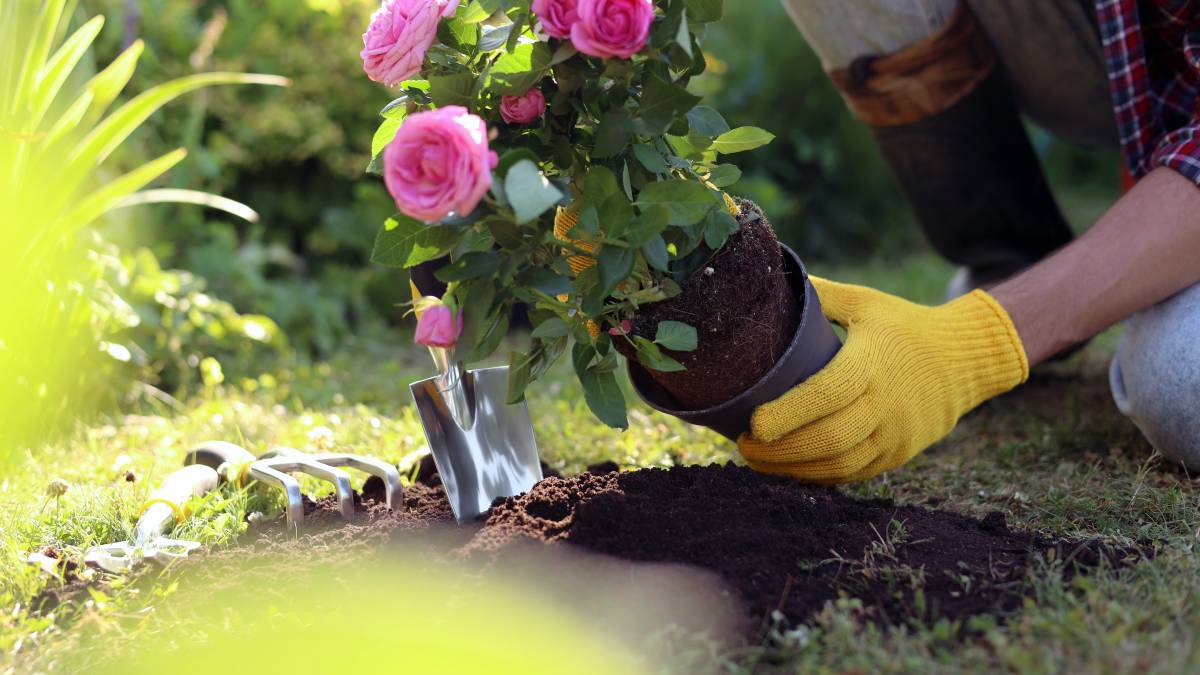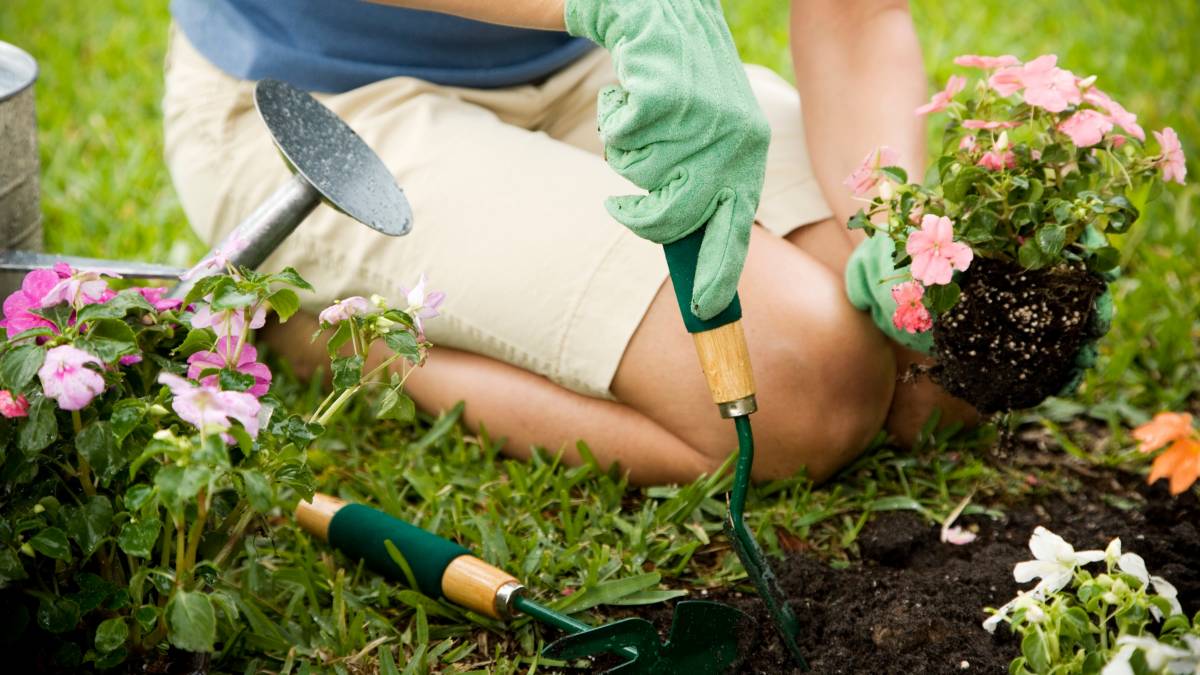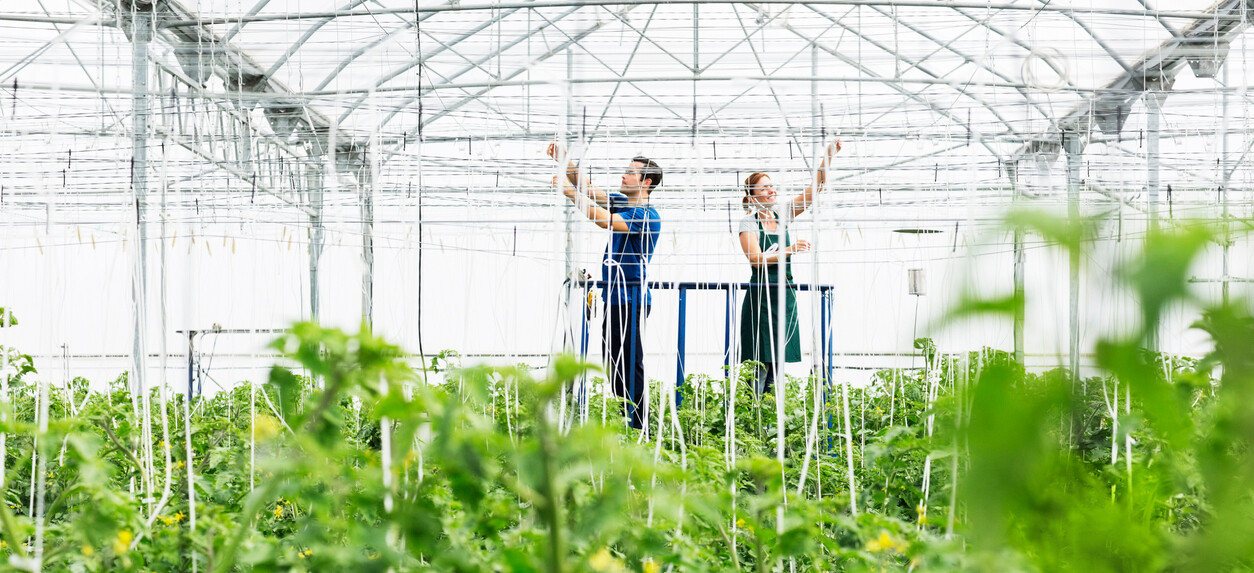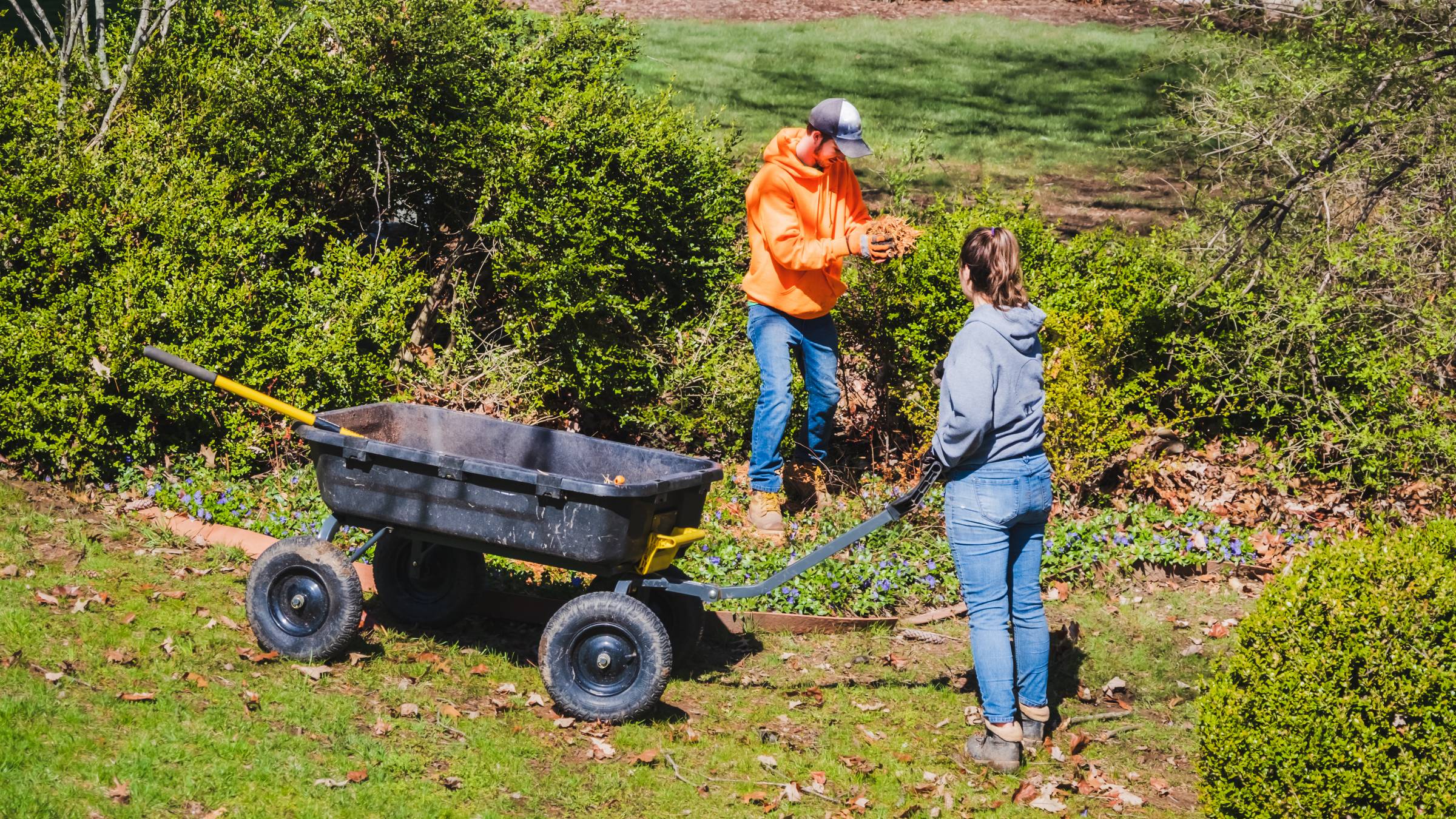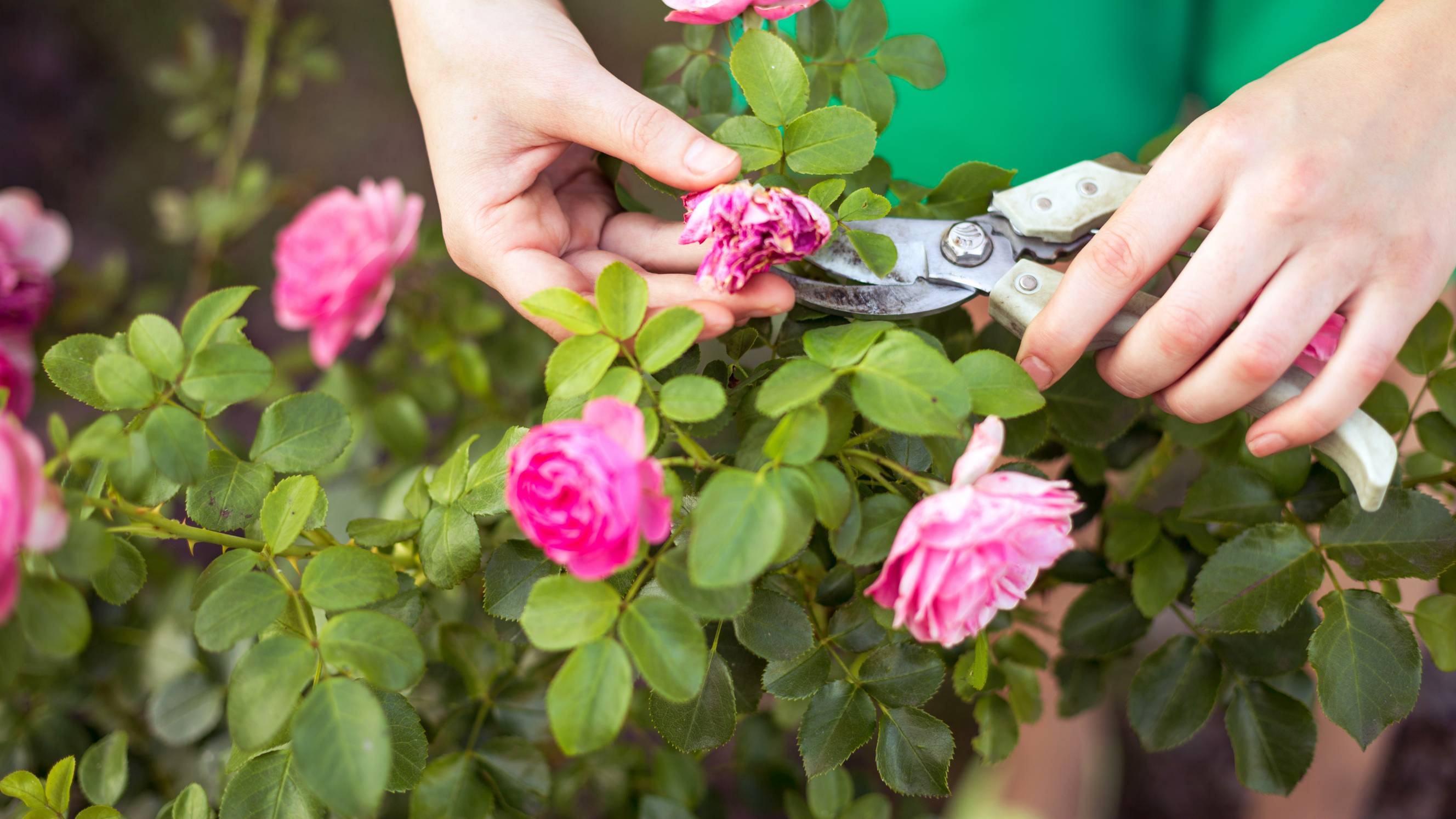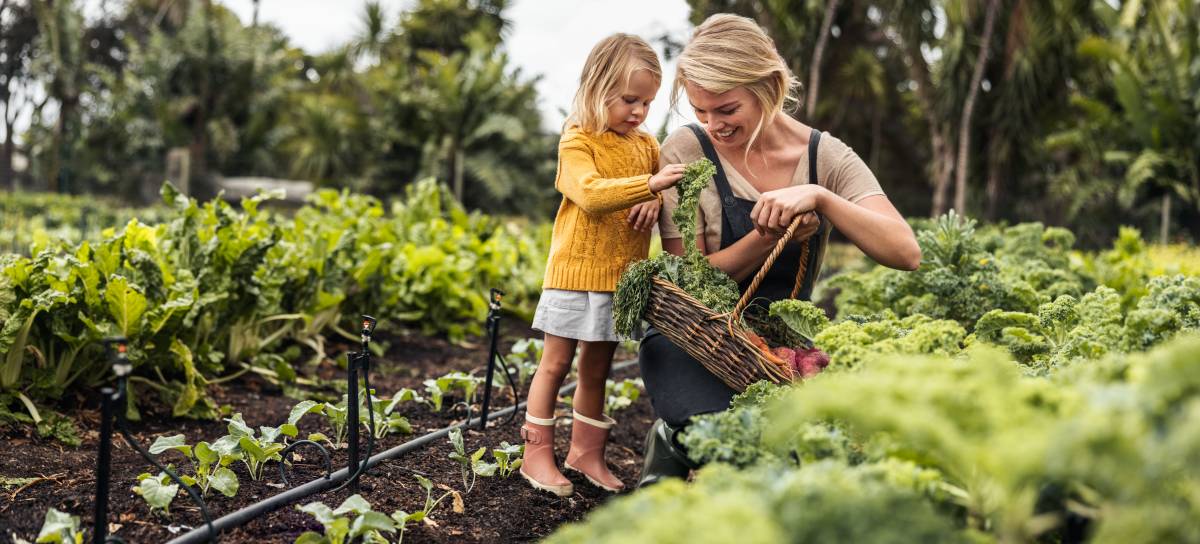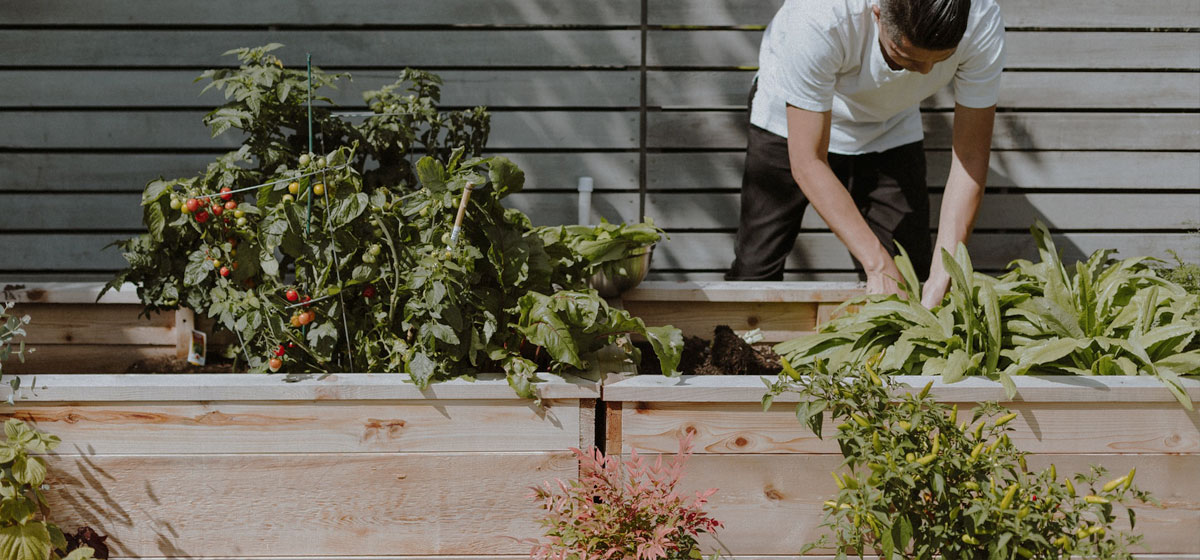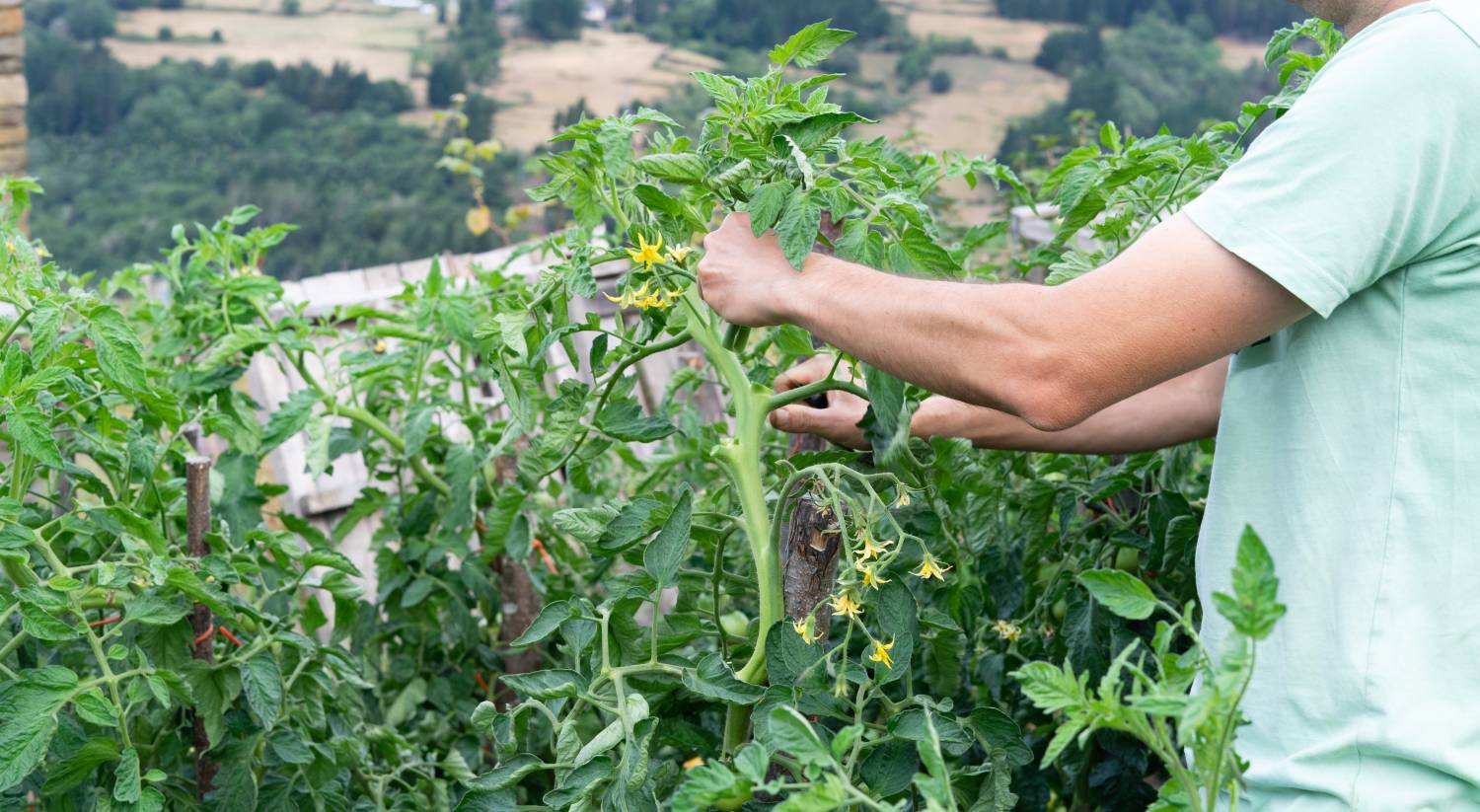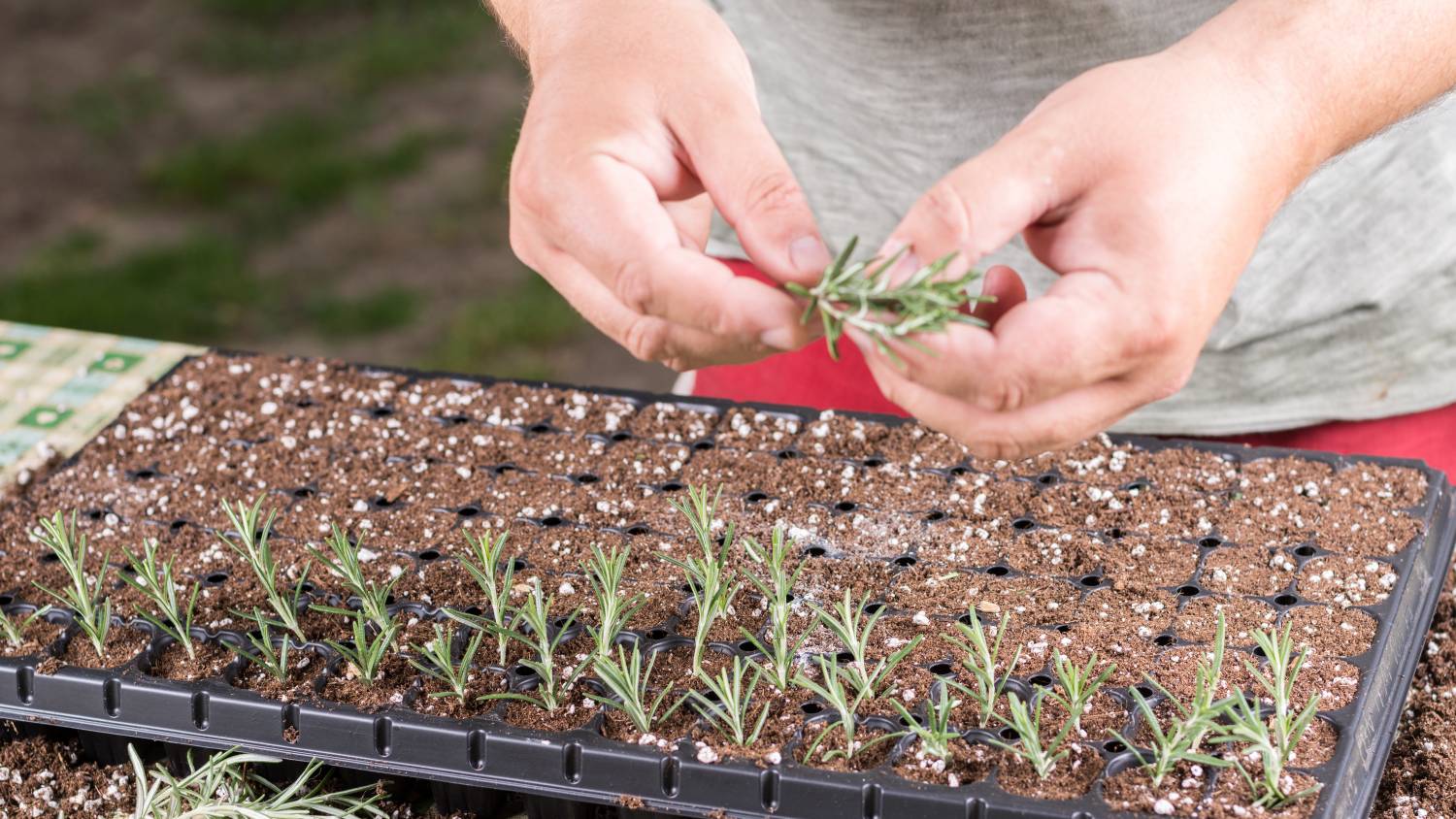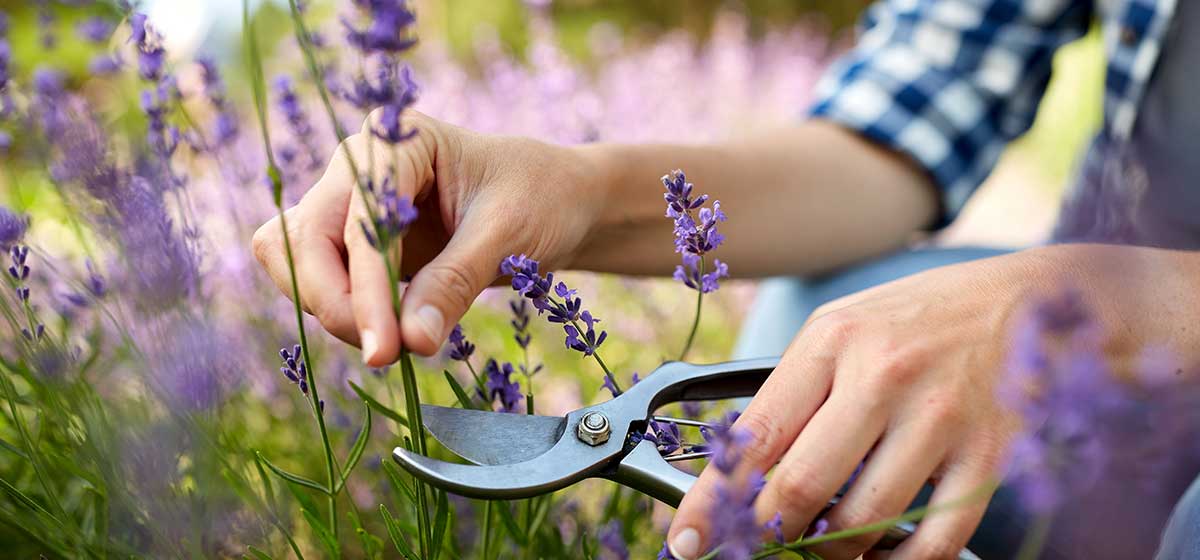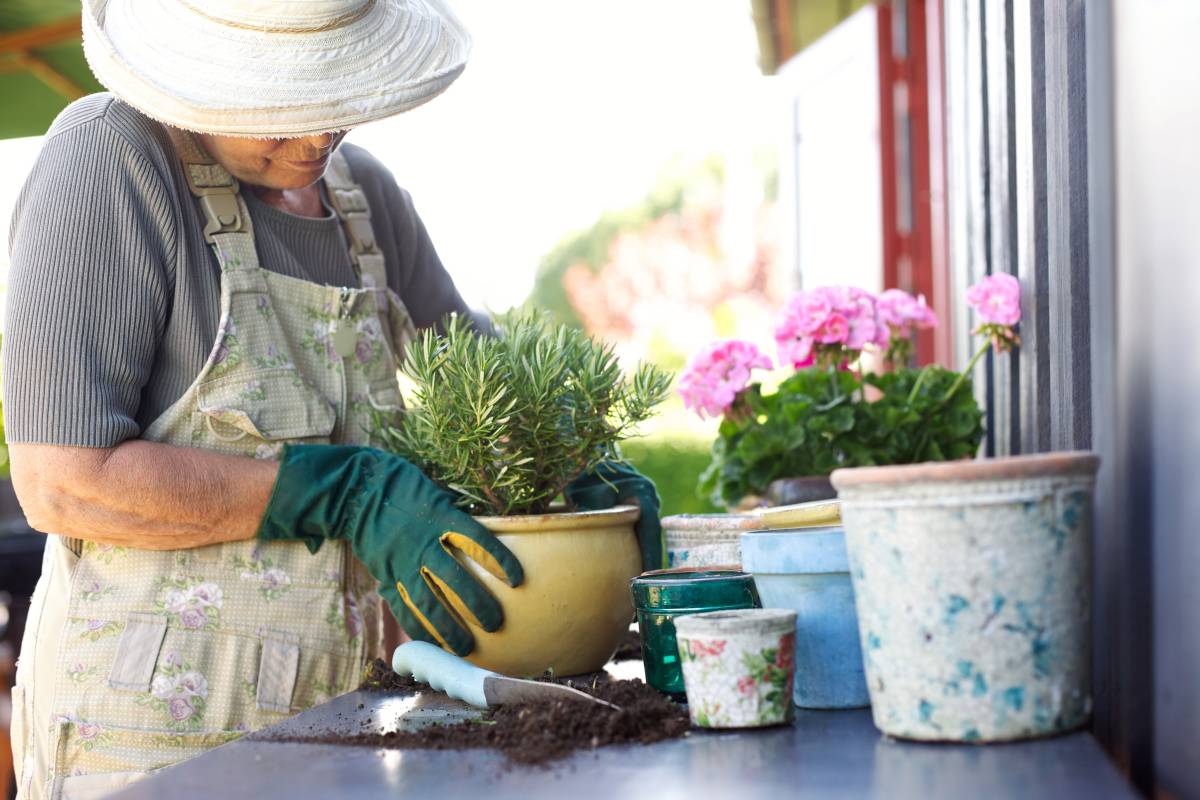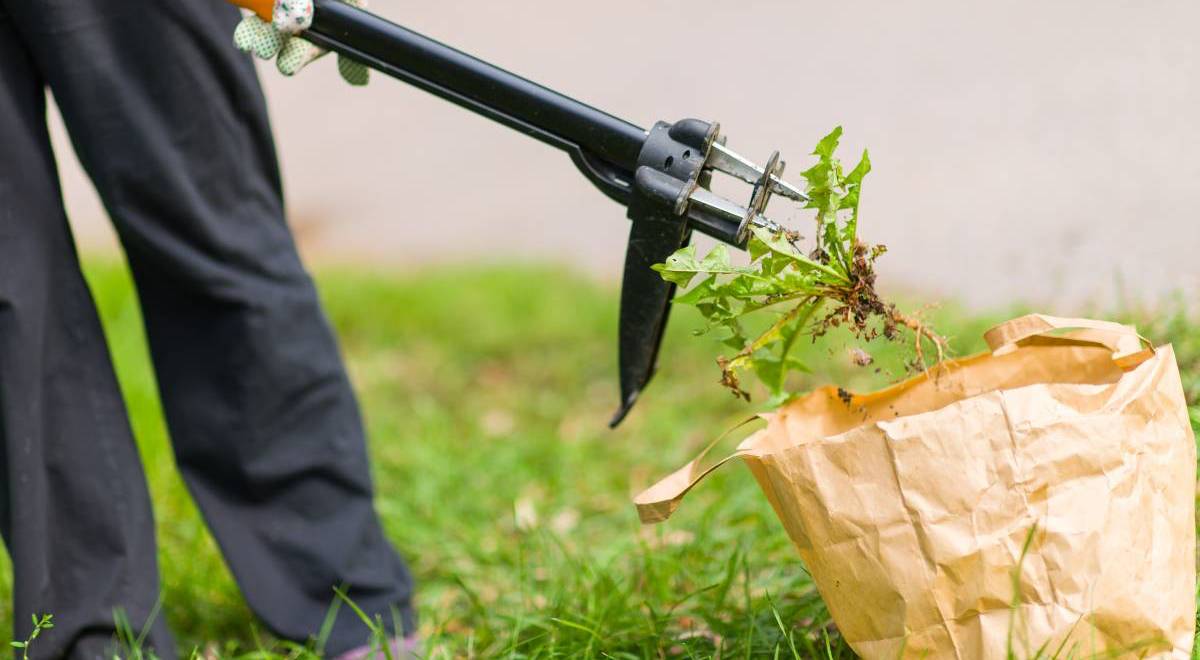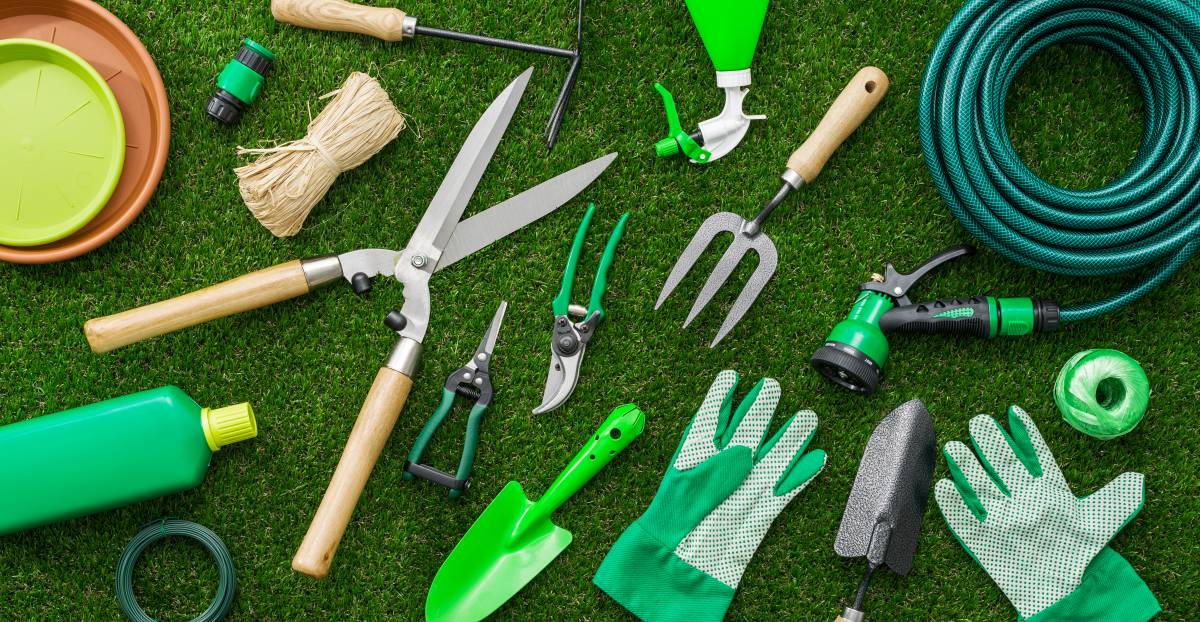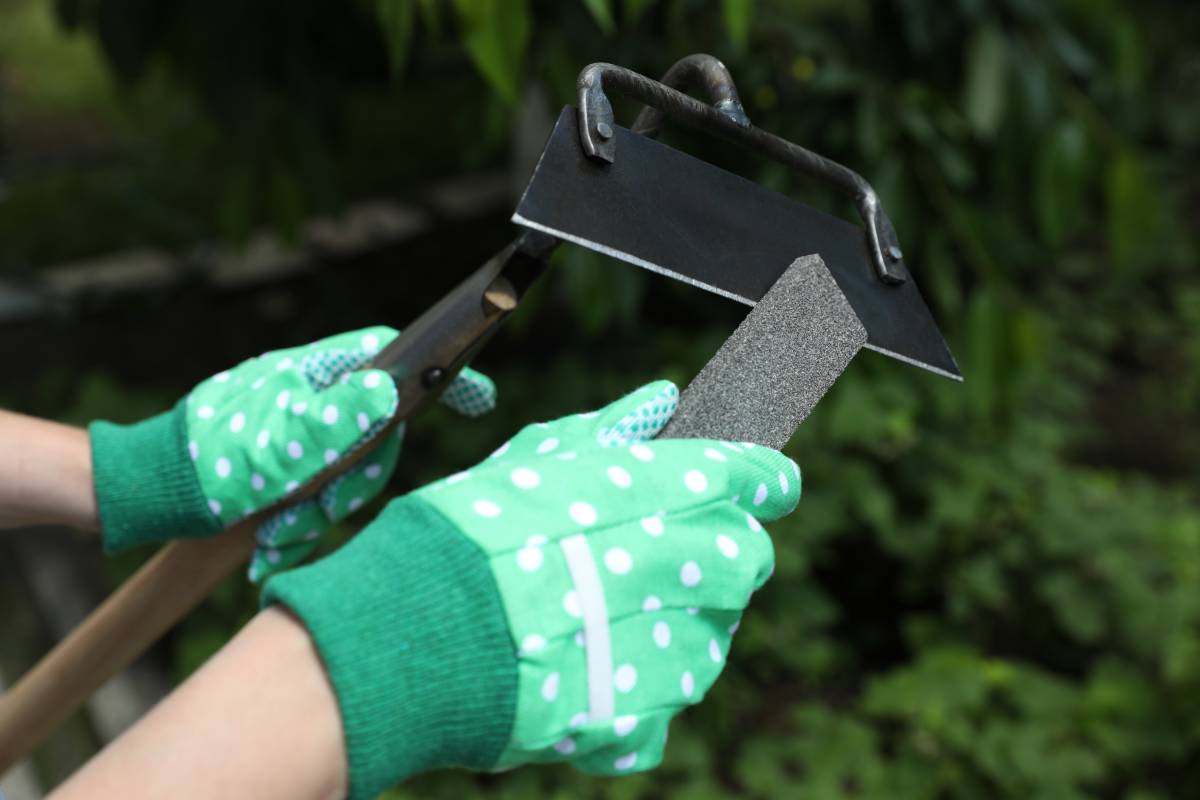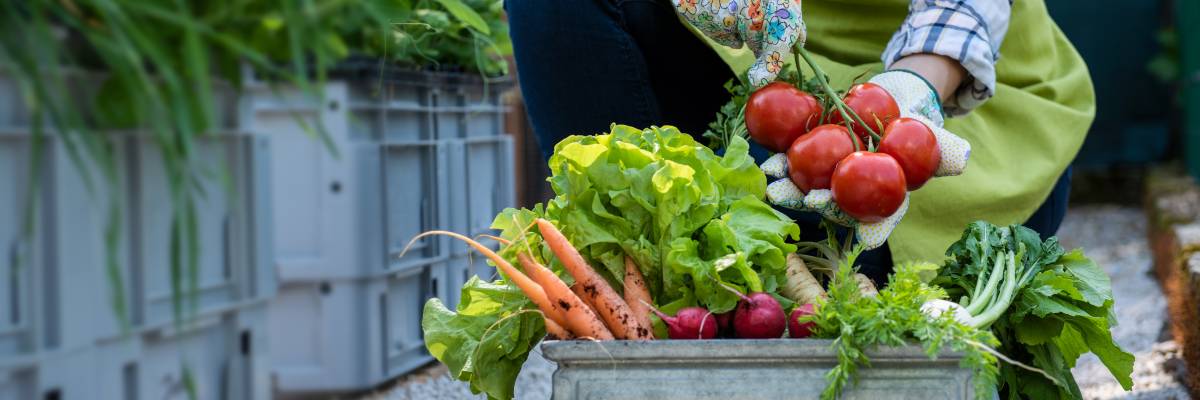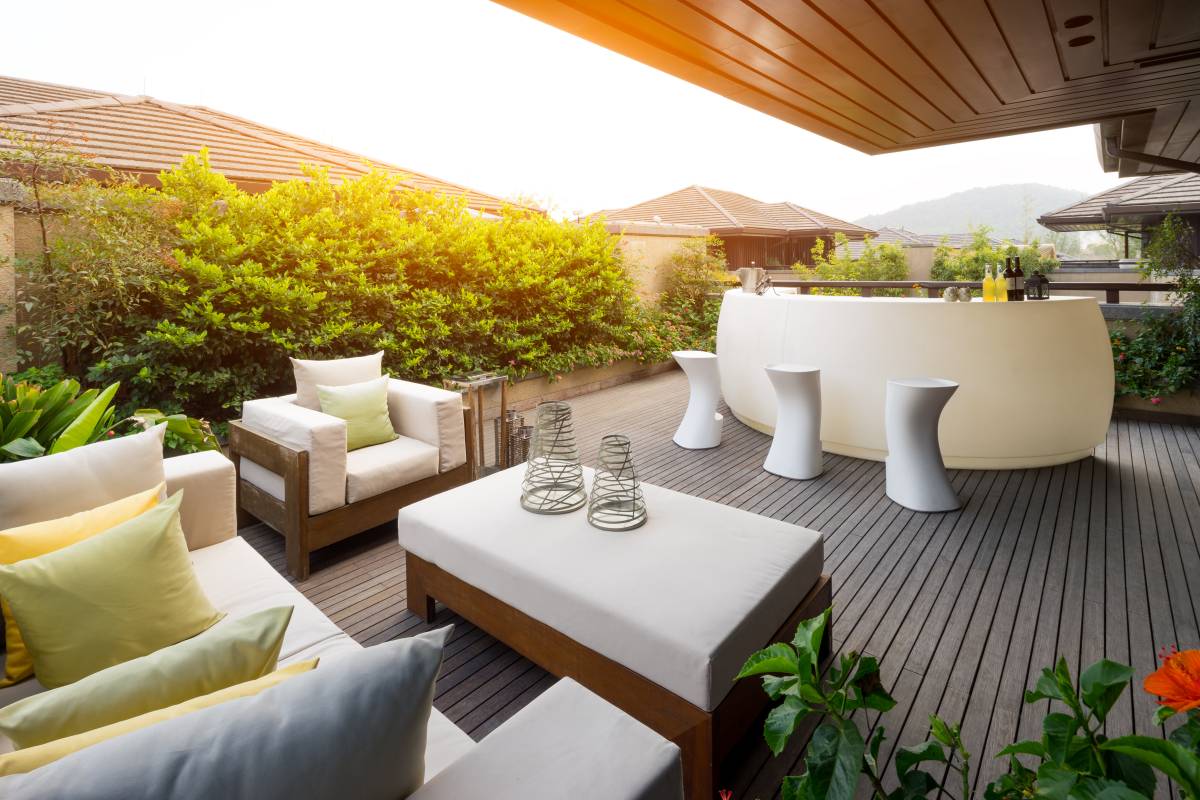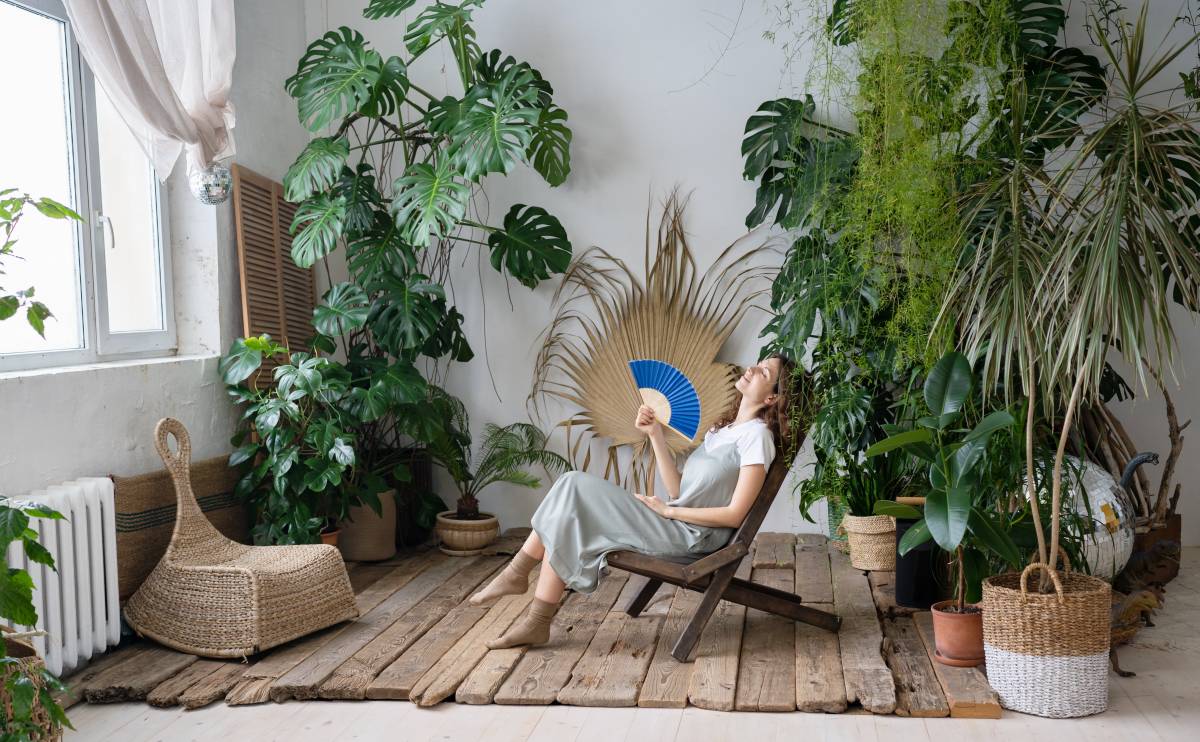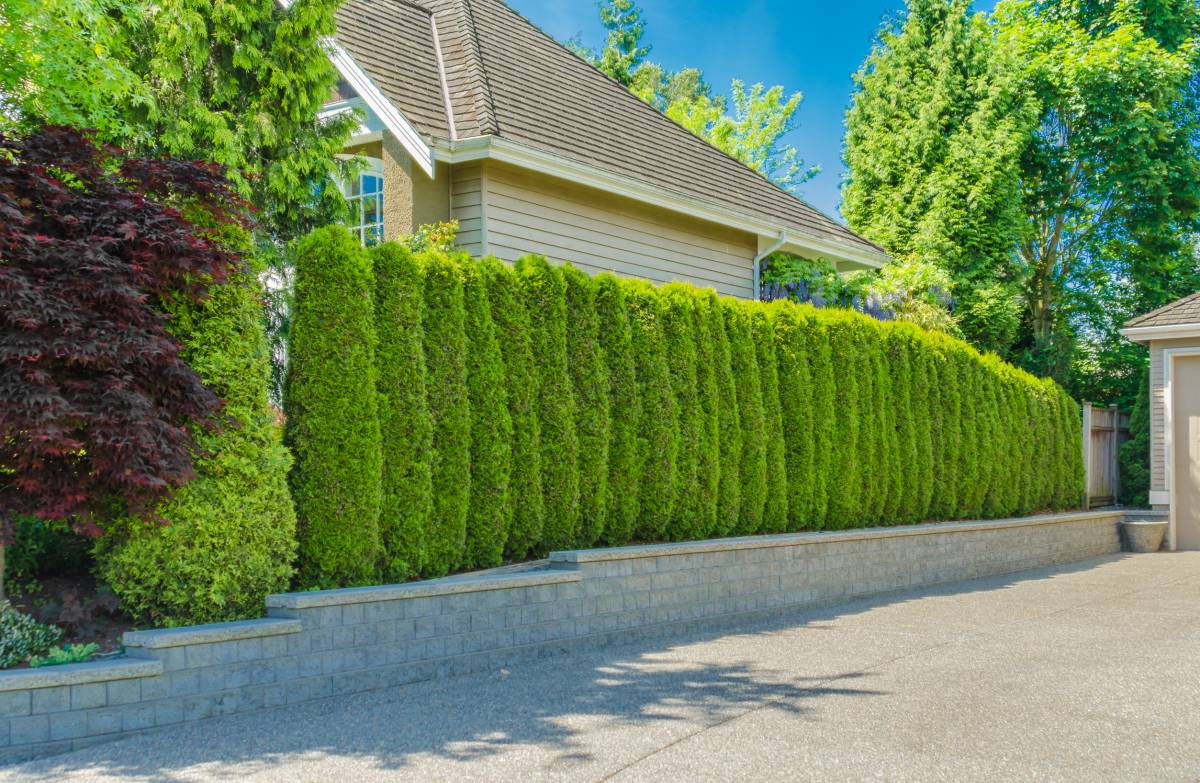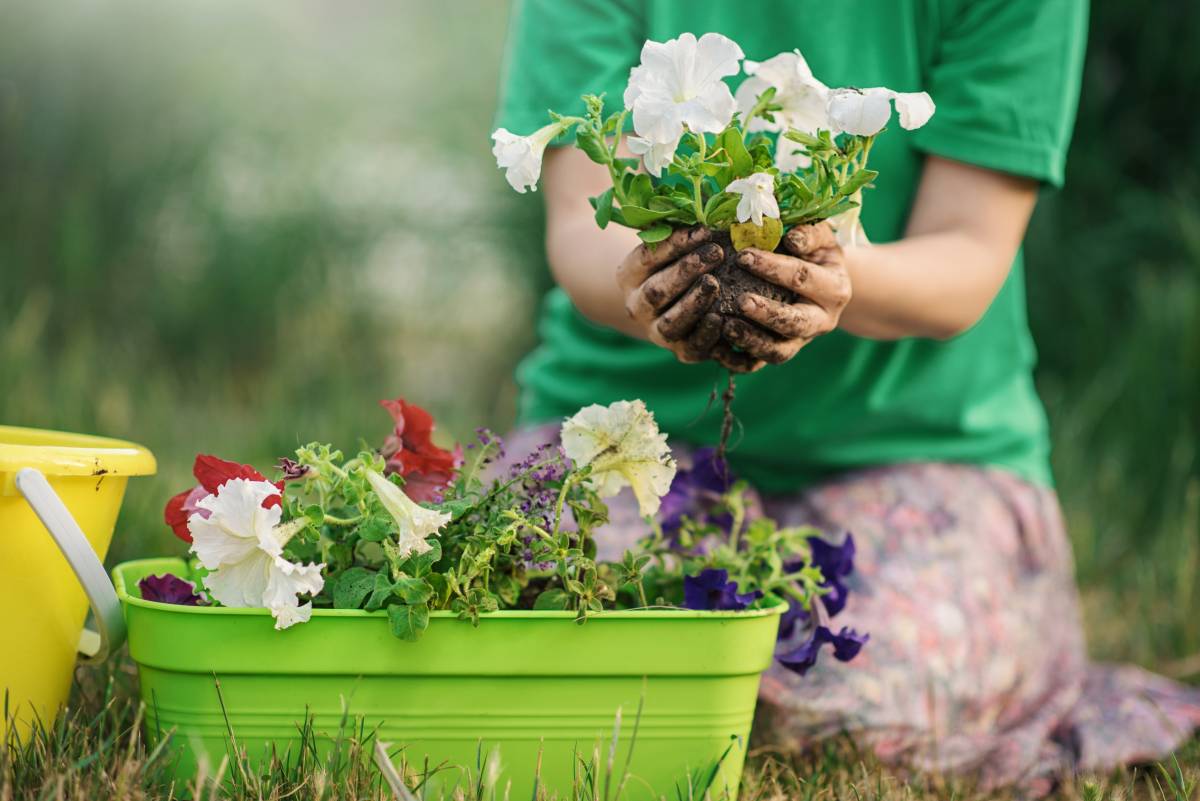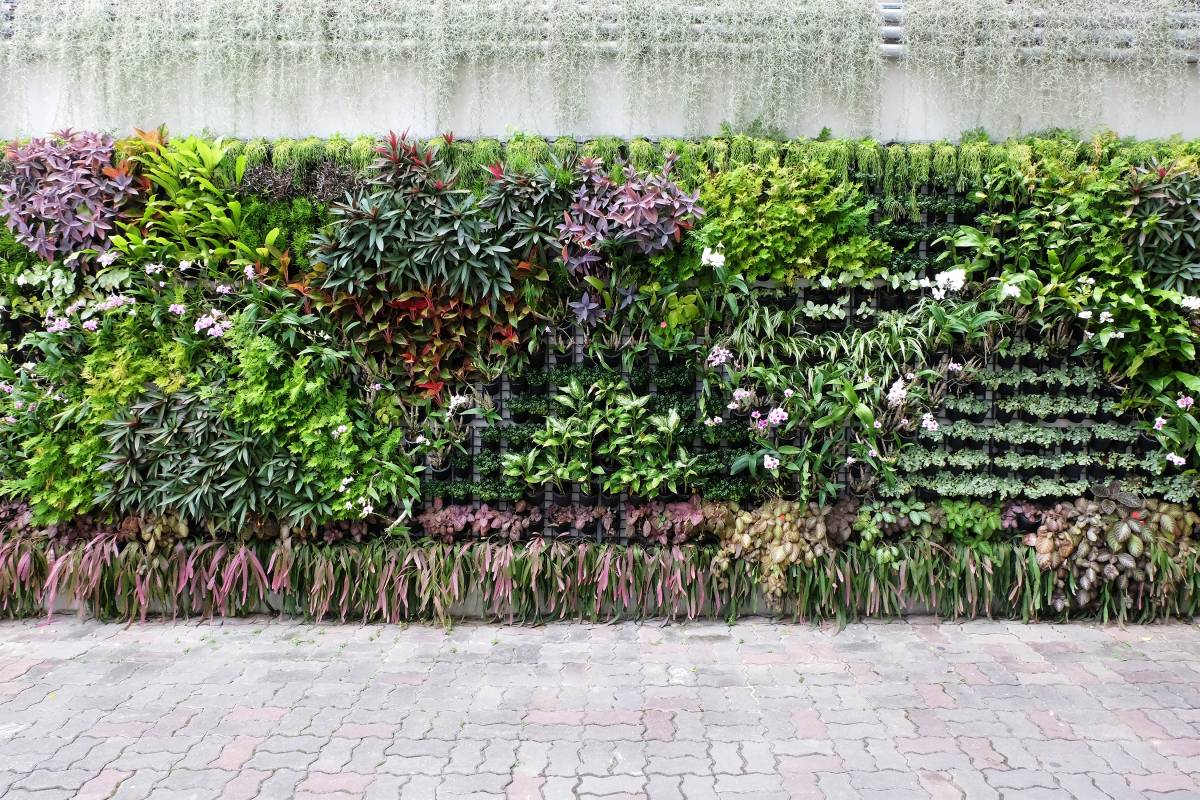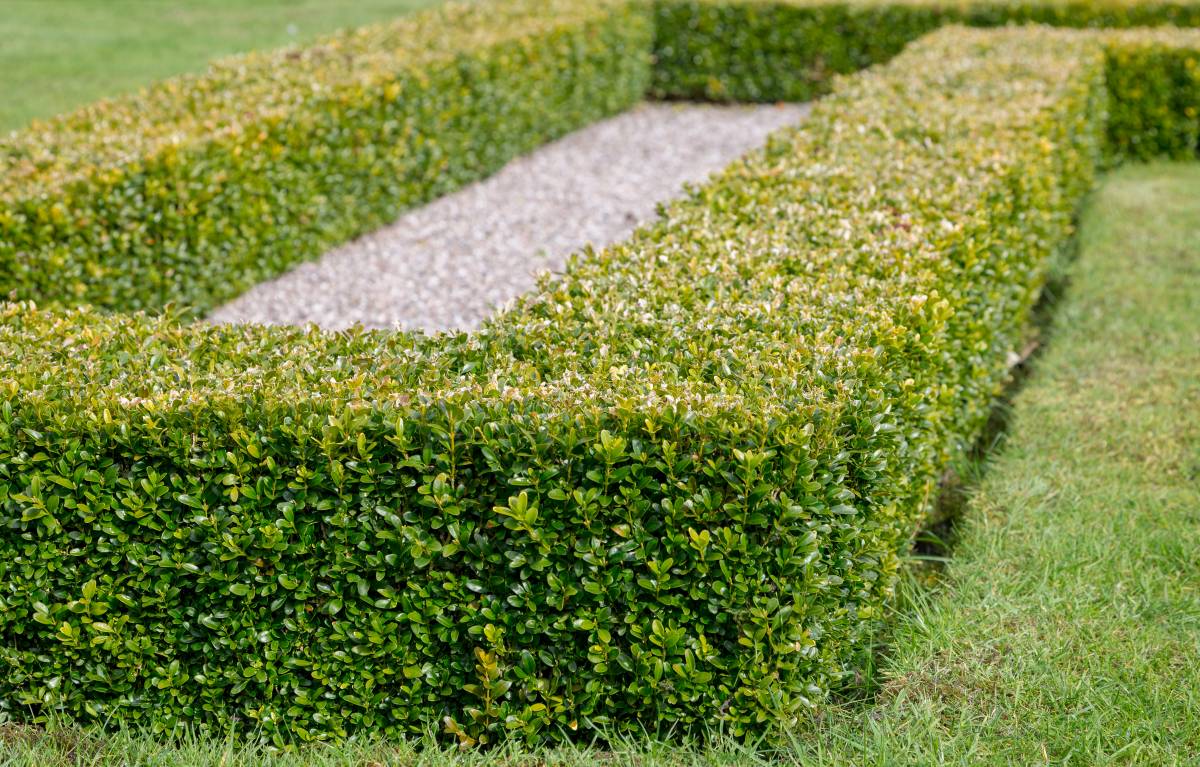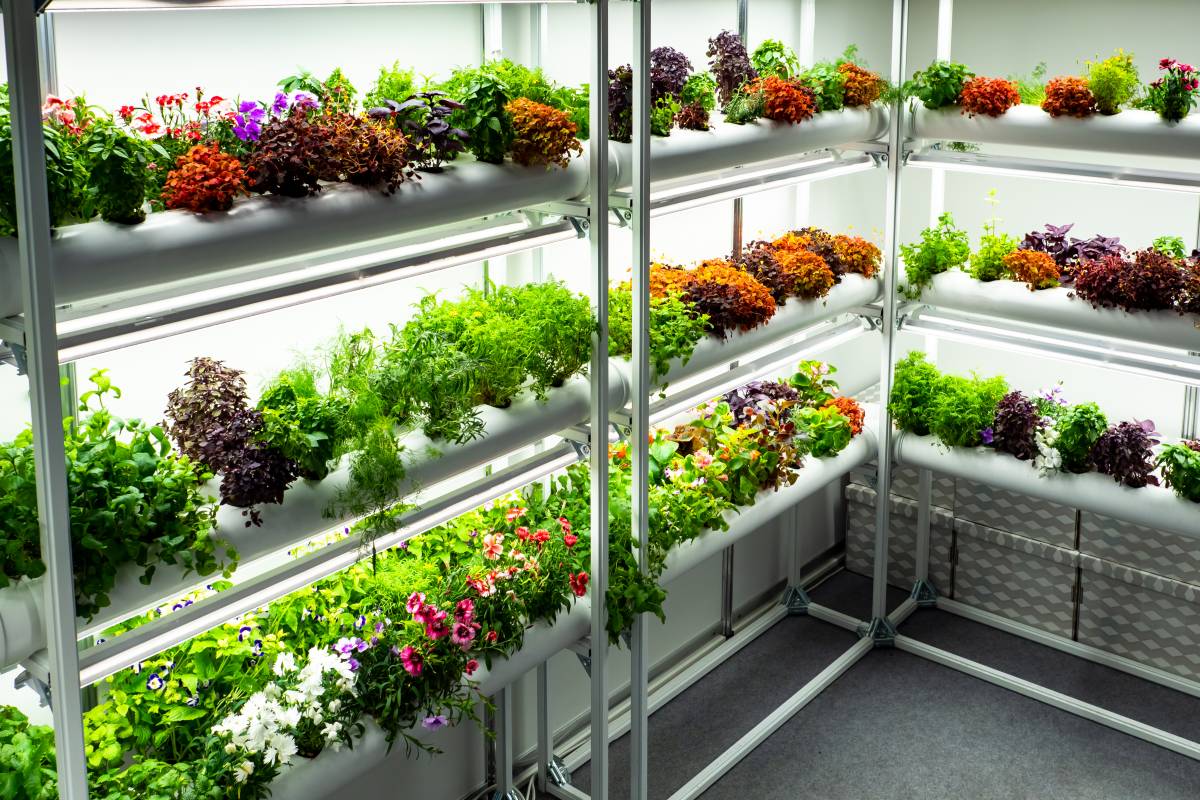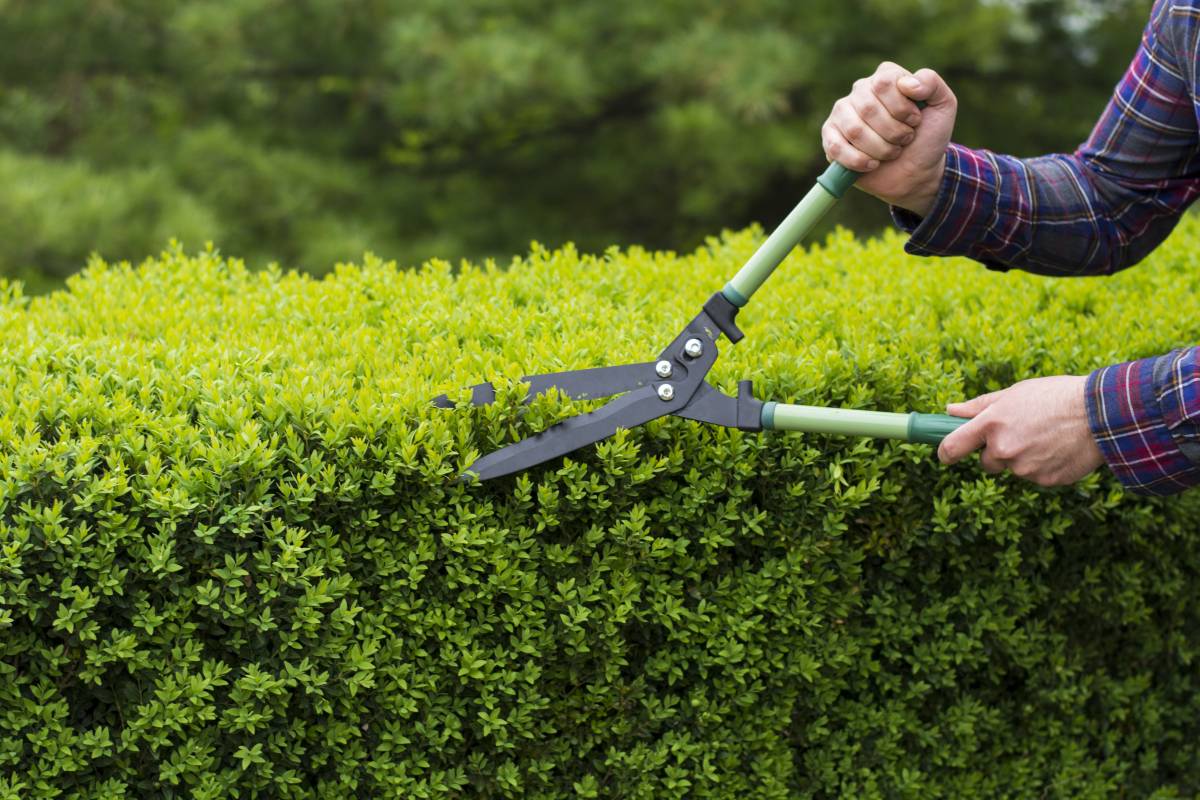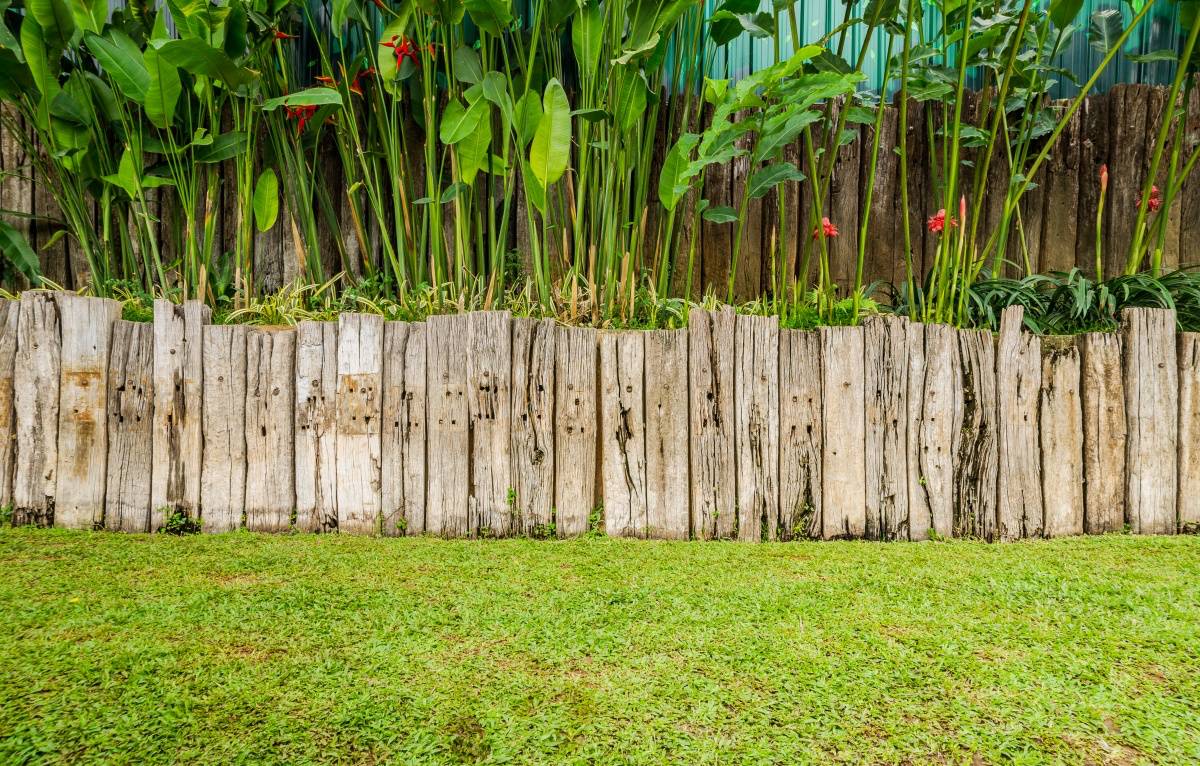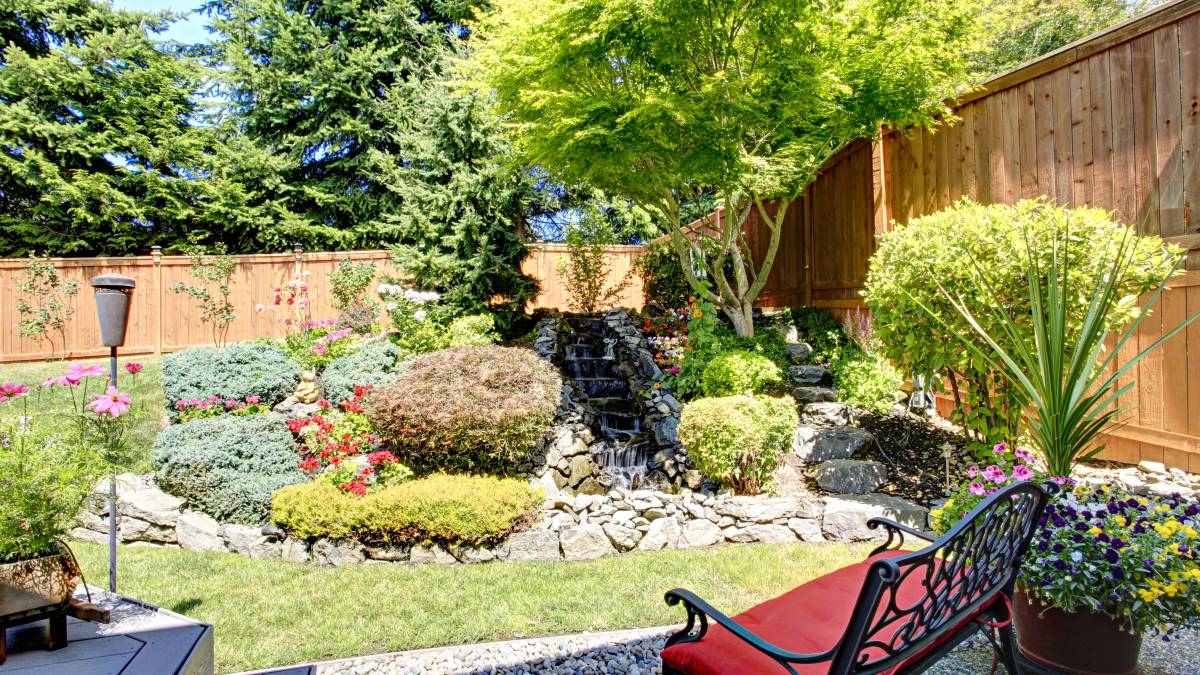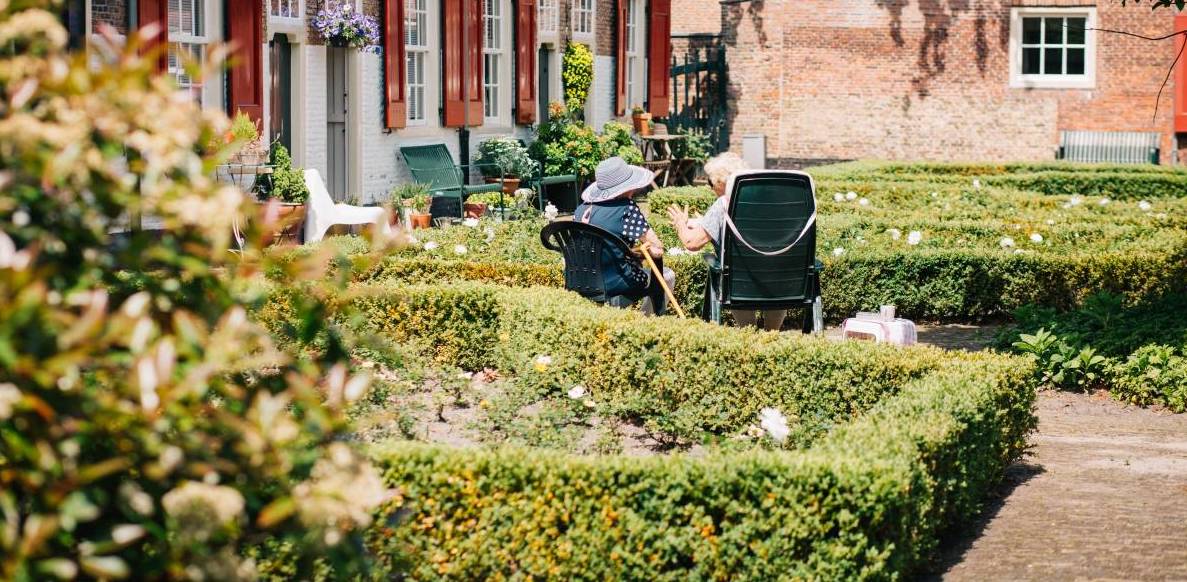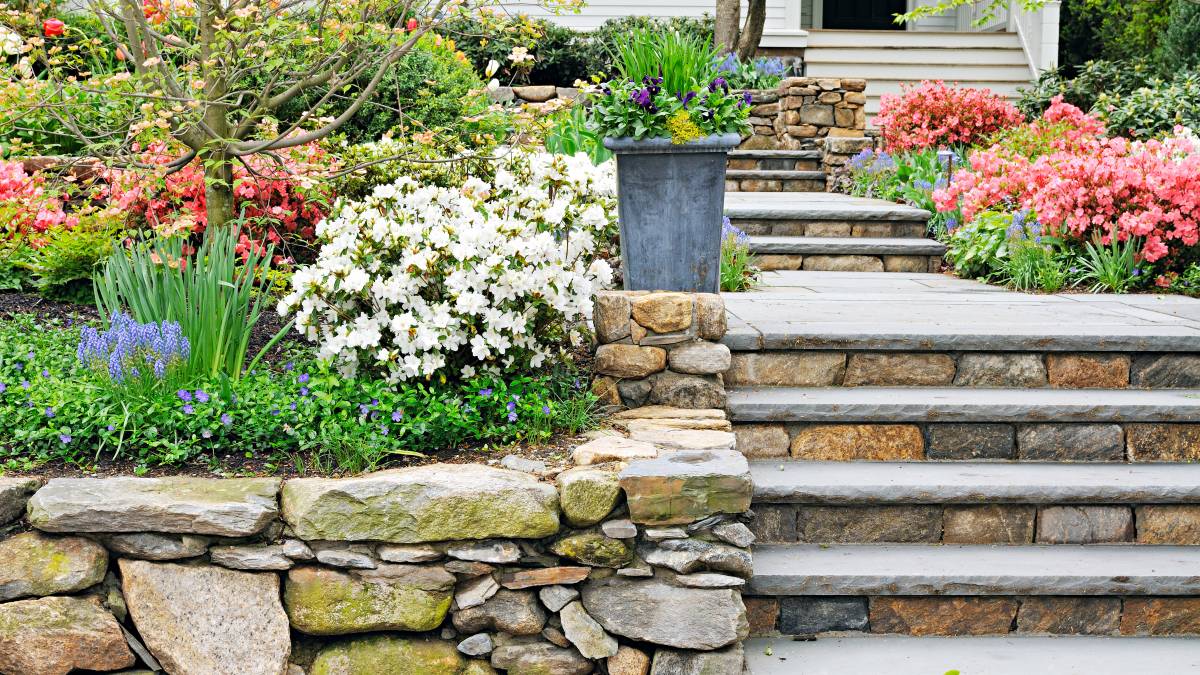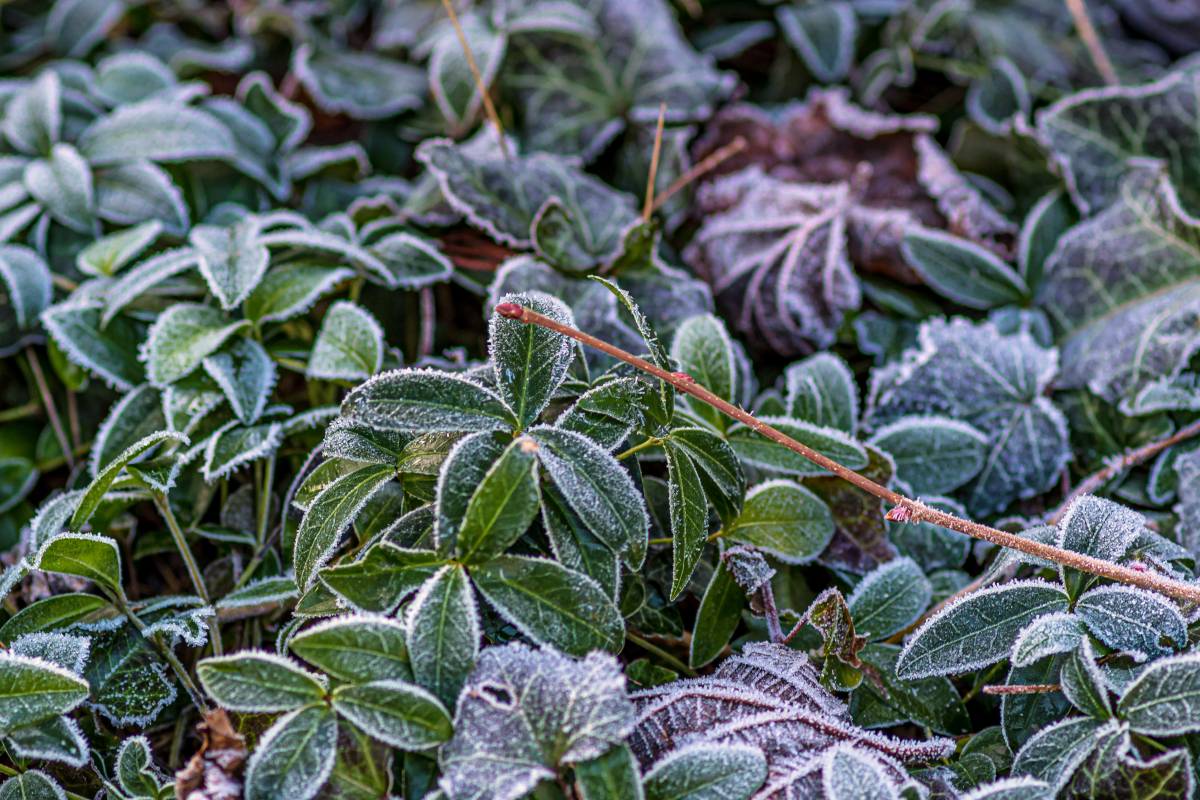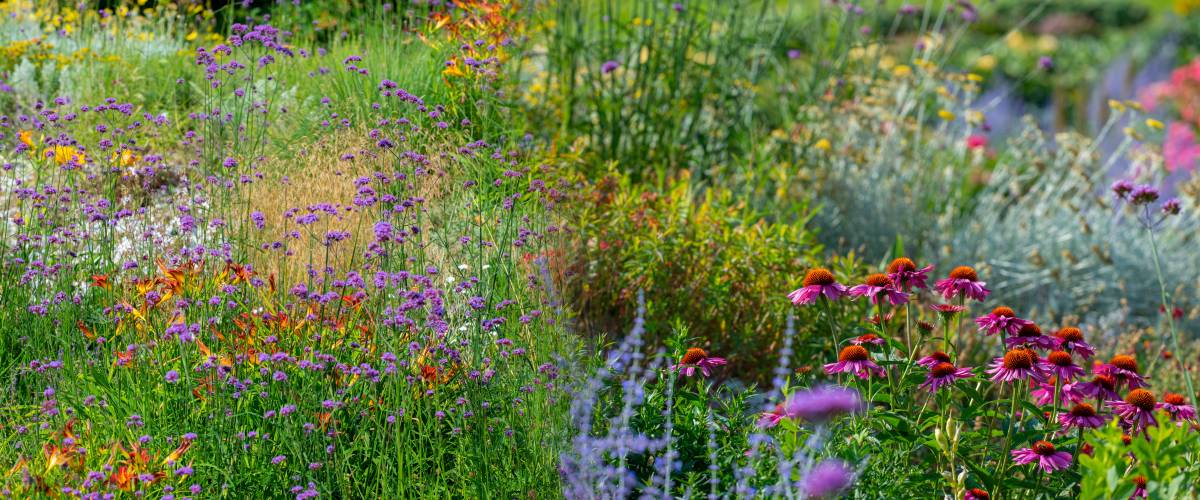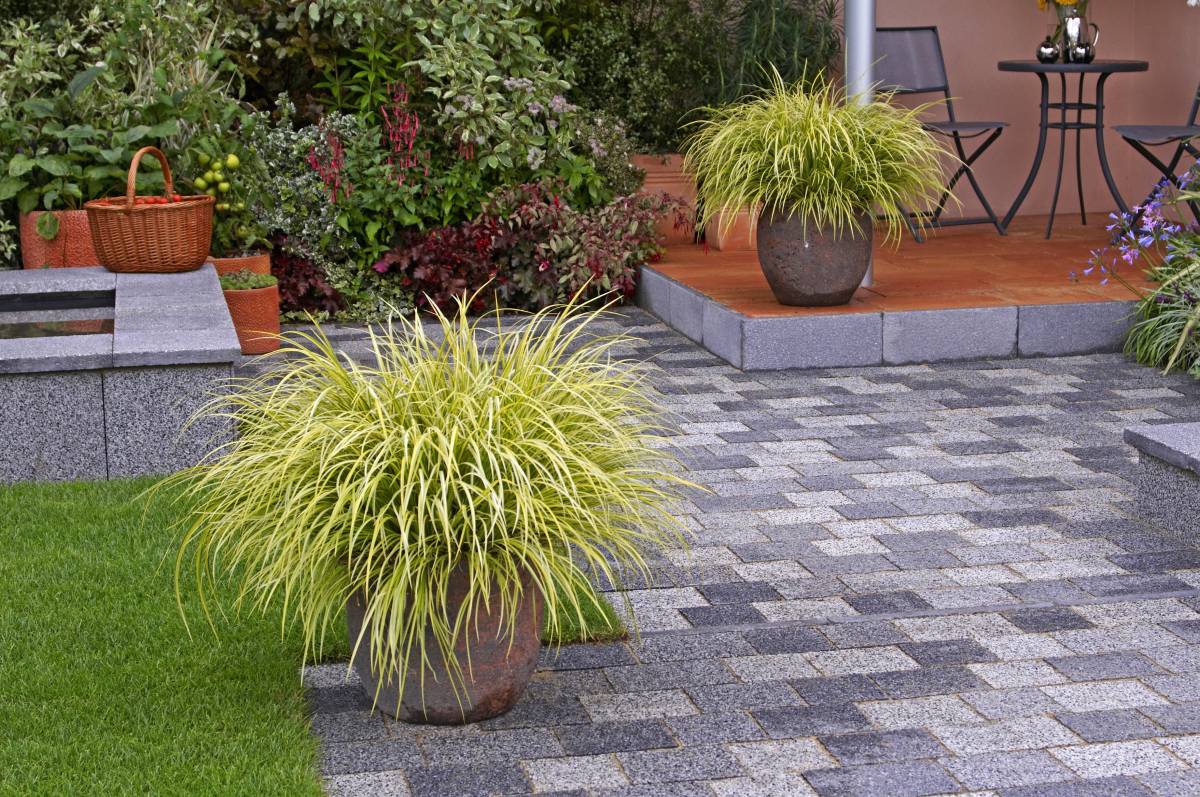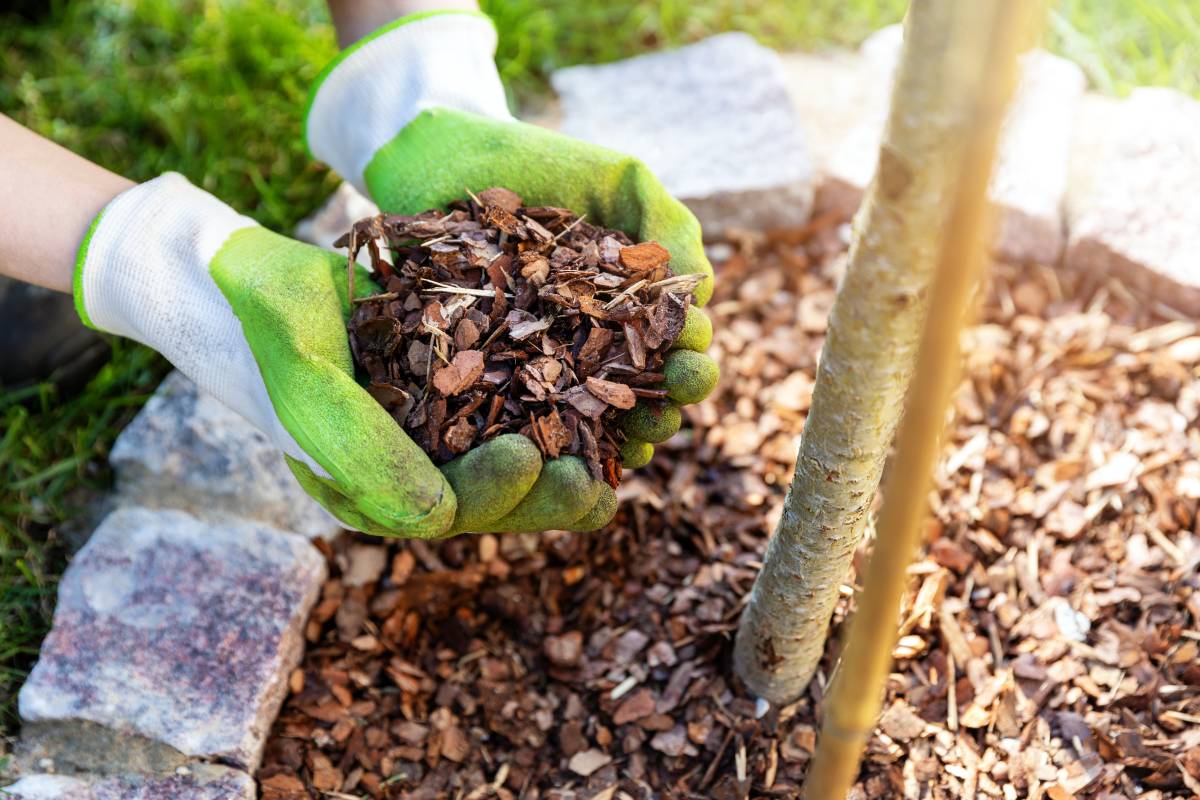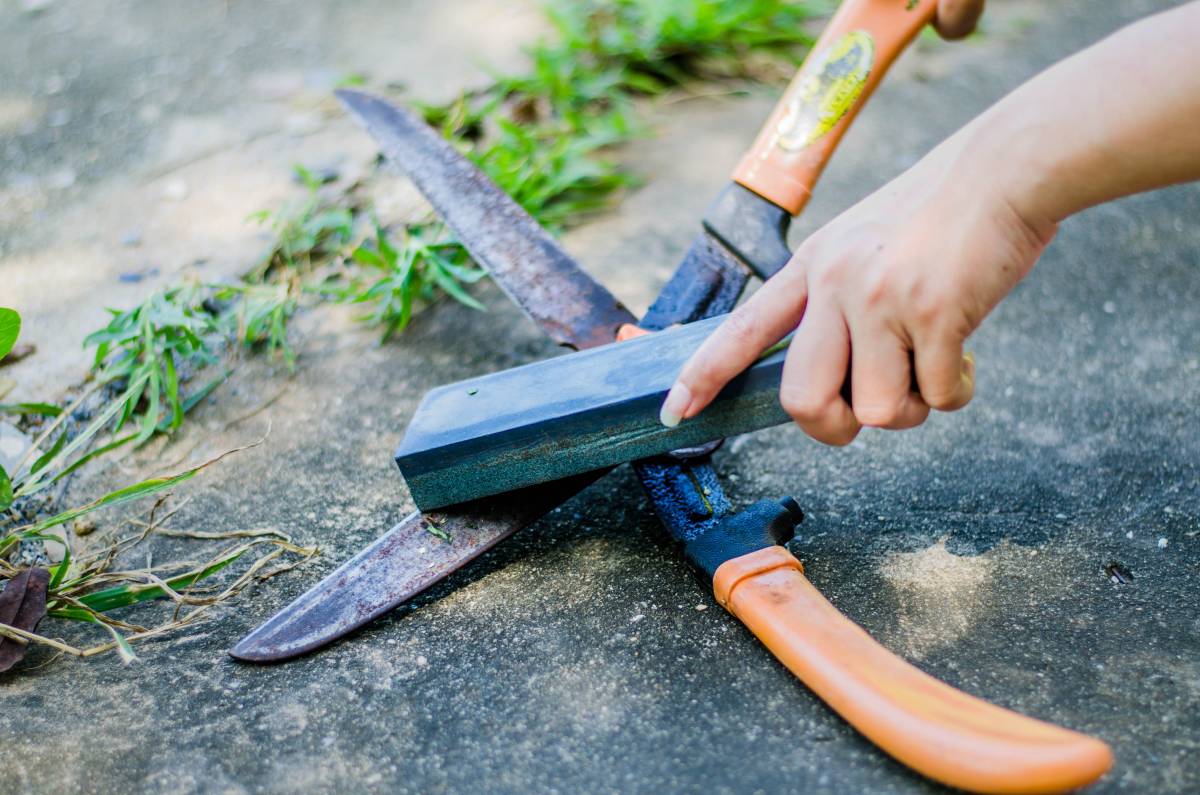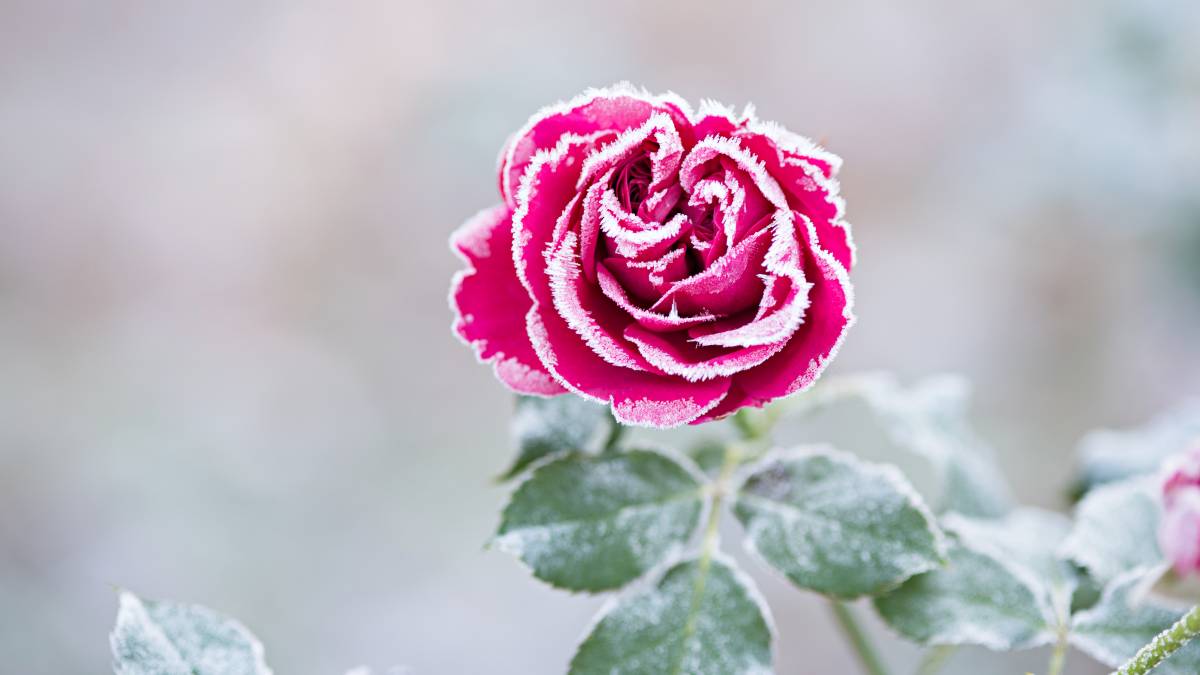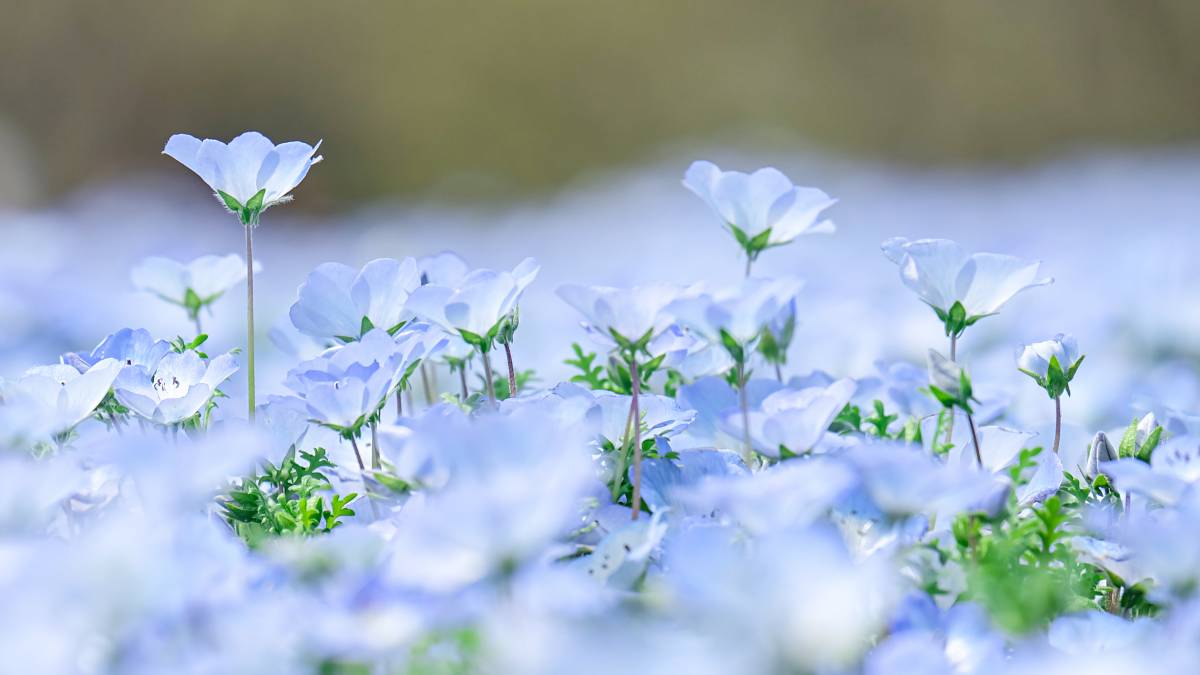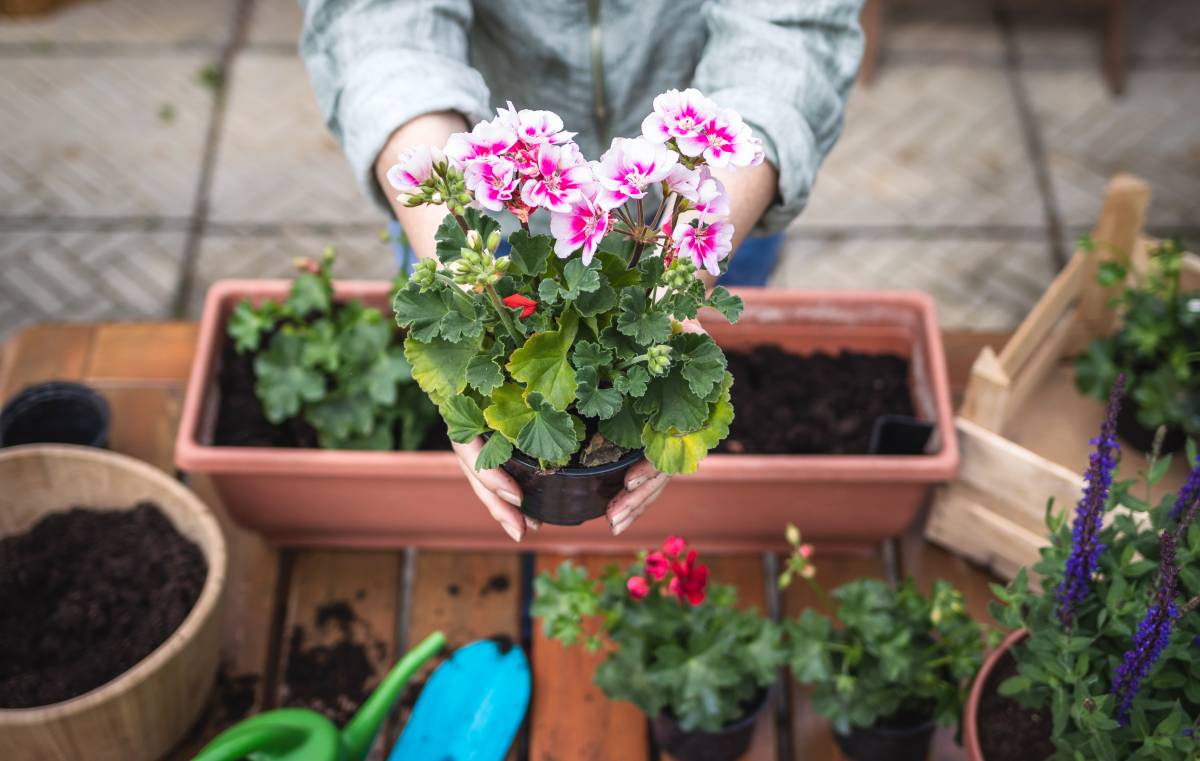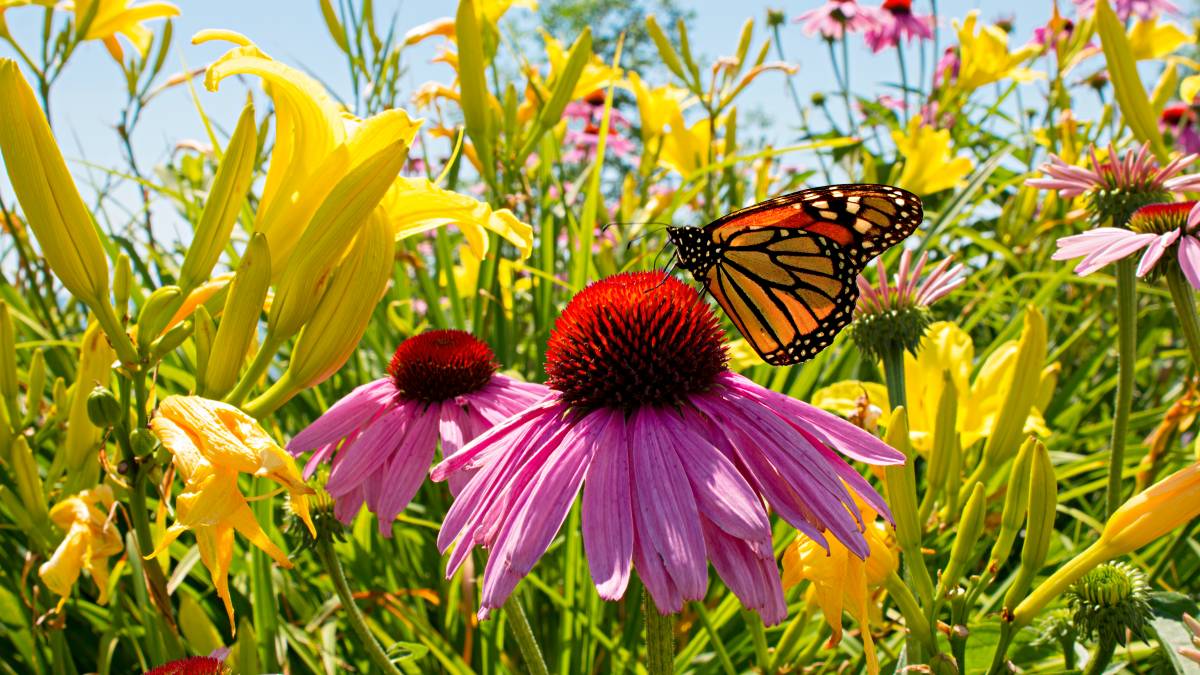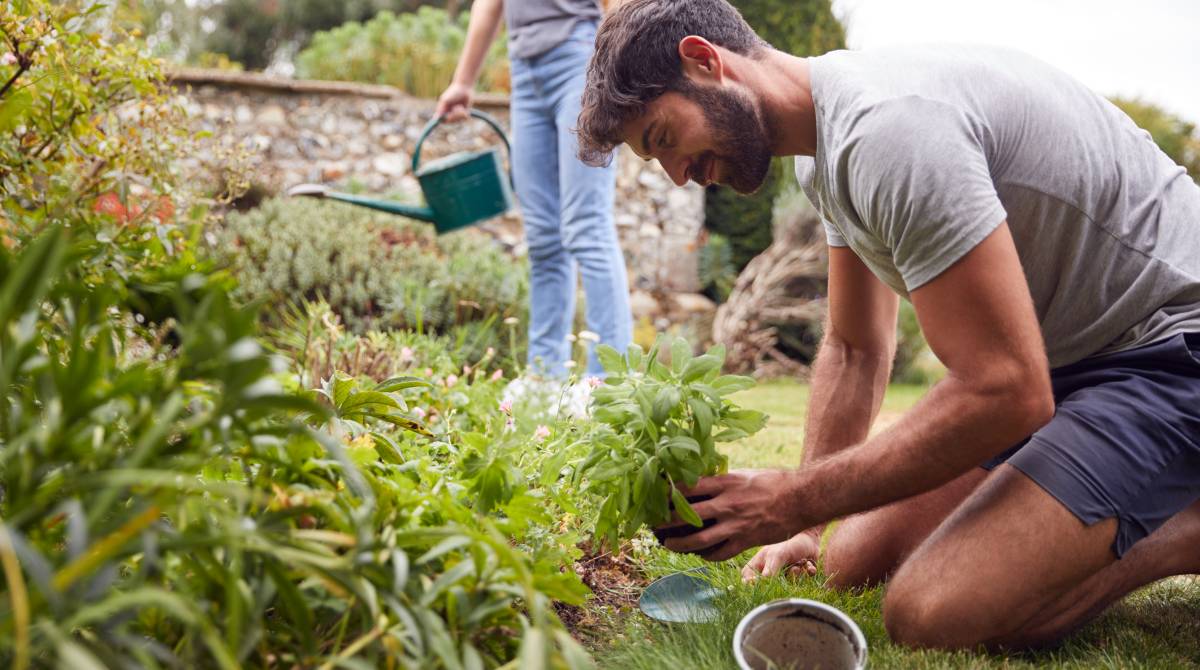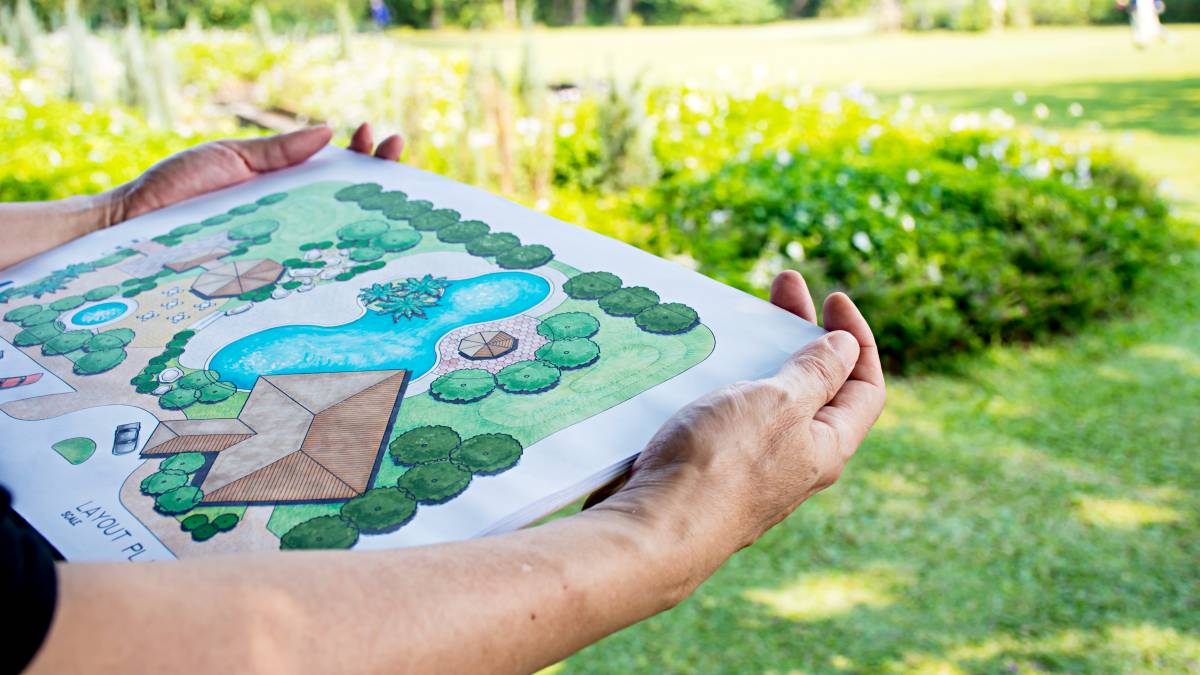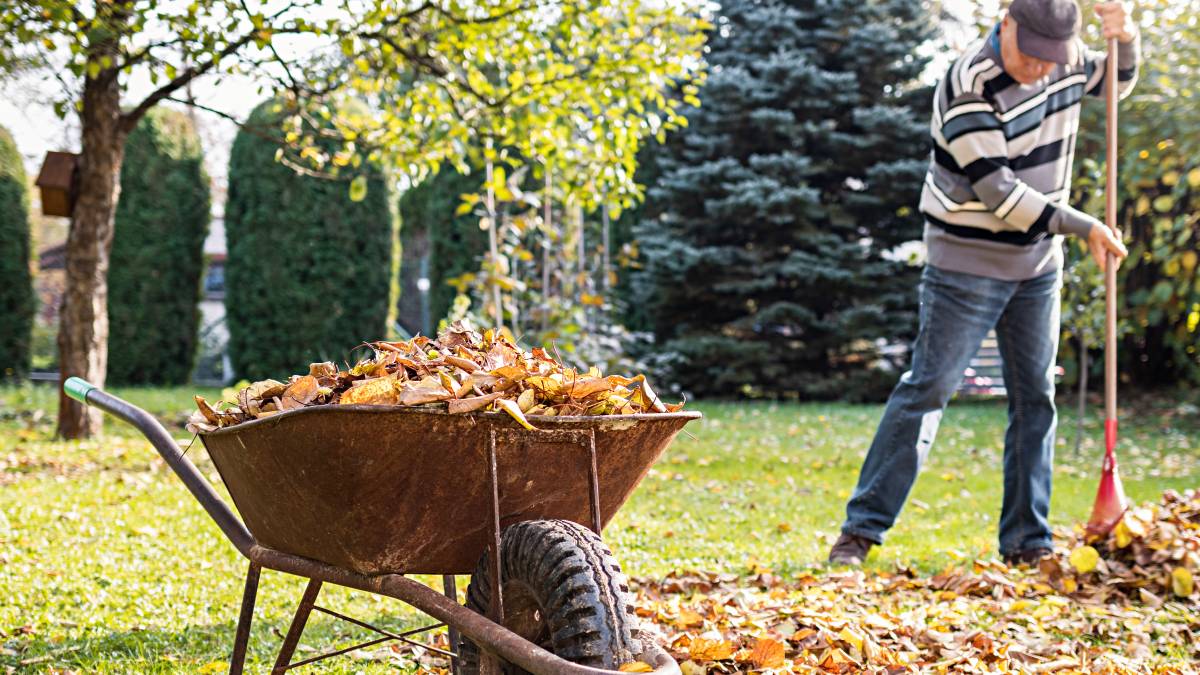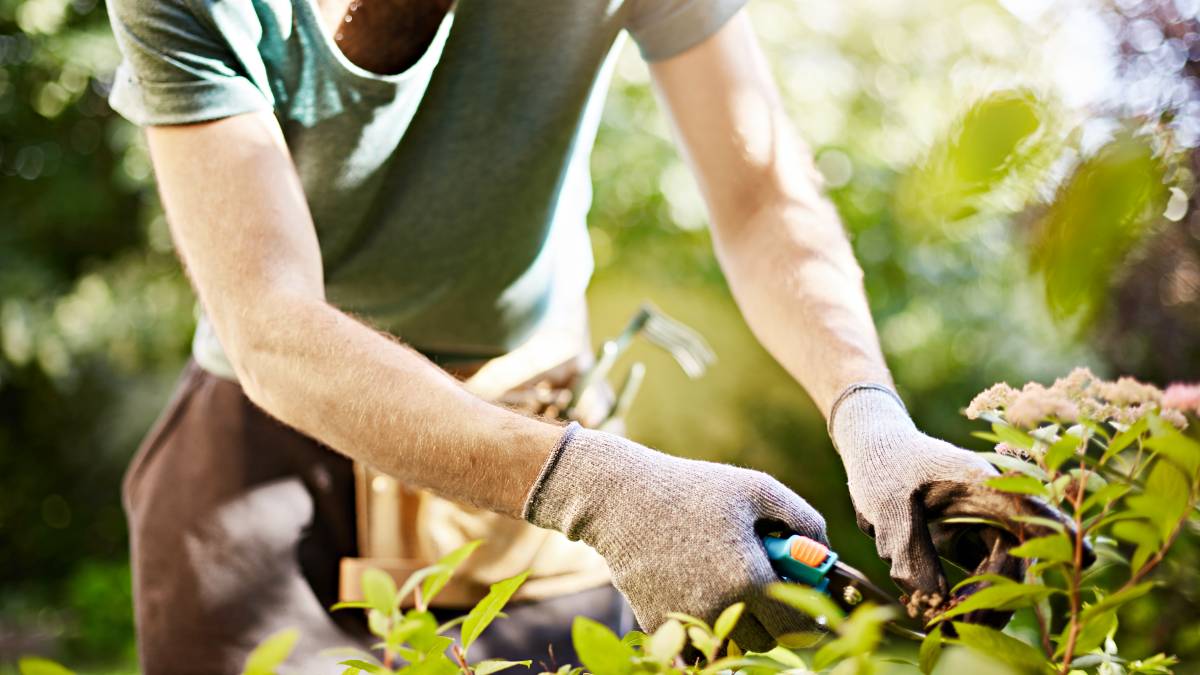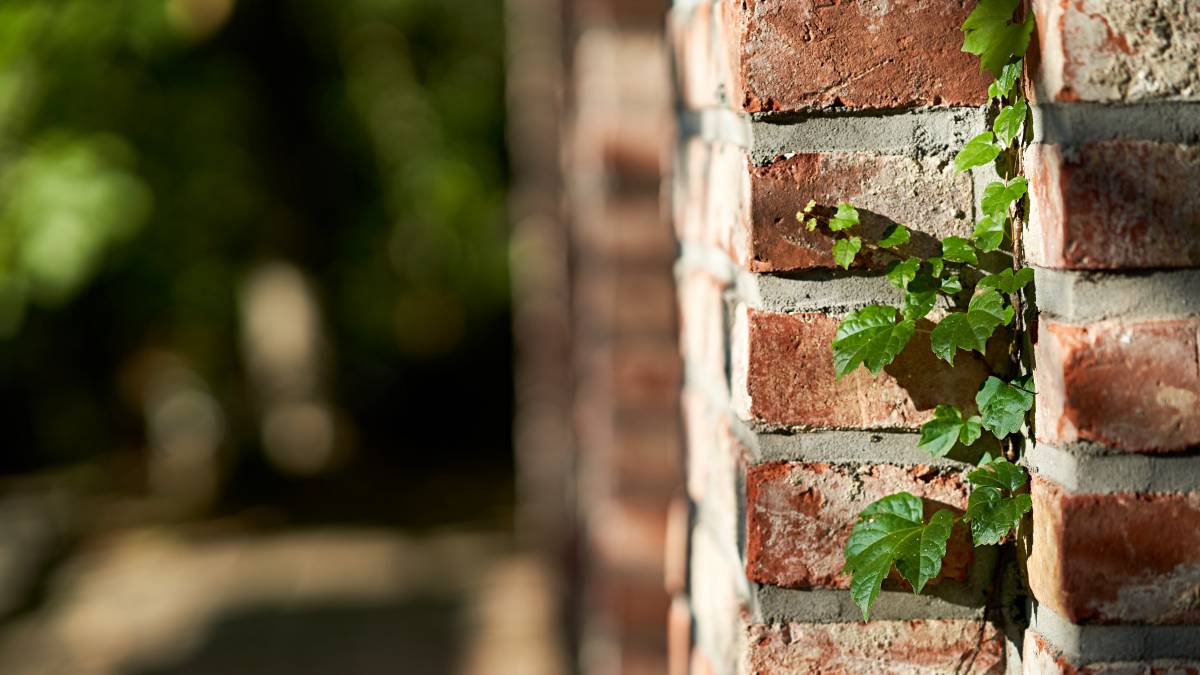- Home/
- Guides/
- Garden Planting/
- How to Start a Herb Garden
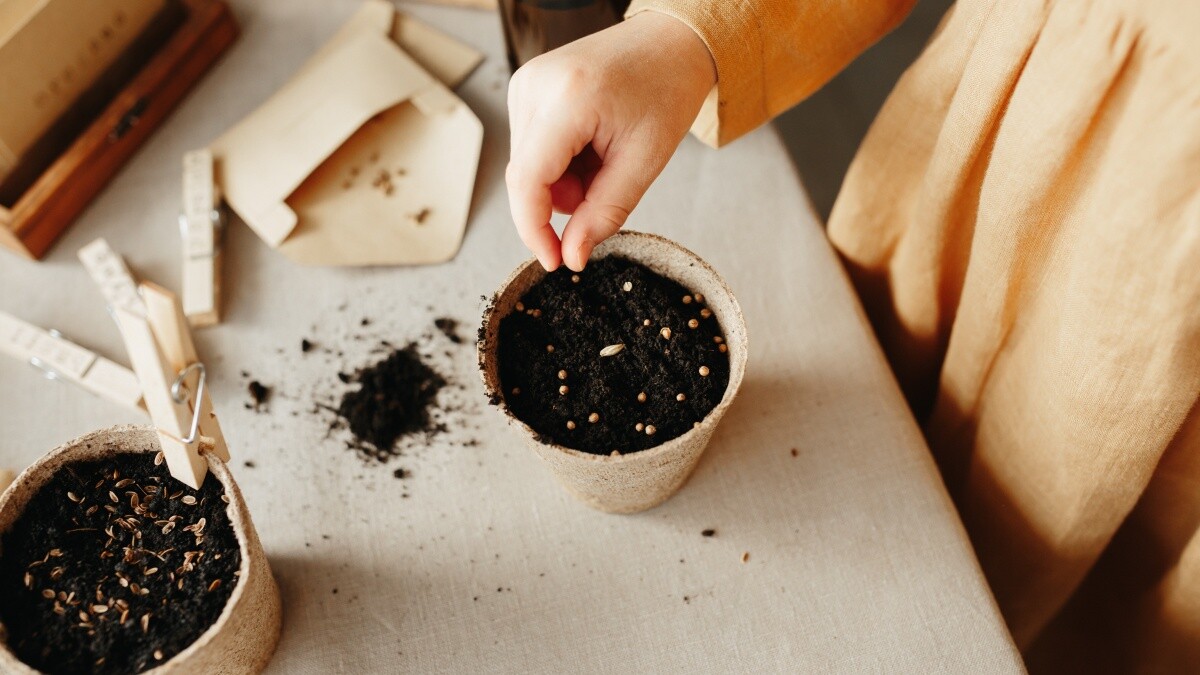
How to start a herb garden in 5 easy steps
A simple guide to growing your own fresh herbs
Get gardening helpLast Updated on
Even if you have a green thumb or not, starting your own garden can take a significant amount of work. If you want to start planting, why not try growing a herb garden? It’s a good start for beginner gardeners and a fun activity to do with your family. The best part is you can have your very own supply of herbs for cooking!
Whether you live in a house or a flat, growing a herb garden is as easy as pie. You can grow herbs like dill and basil from seeds or cuttings. Meet all their lighting, watering, and temperature needs, and you will see them thrive!
But before you get down to it, here’s how to start a herb garden in five steps.
What do I need to start a herb garden?
Below is a rundown of herb gardening essentials to get started.
Pots with drainage holes
Get pots with holes at the bottom for better drainage for the herbs.
Potting media
Herbs can be grown in various types of growing media:
Indoor potting soil: Commonly used by container gardeners and can be easily bought in nurseries and garden centres.
Soilless potting mix: Often a mix of peat moss, perlite, pine bark, and vermiculite, which can be adjusted to the needs of the plant.
Peat-free compost: This is a natural alternative that is a mixture of organic materials and inorganic materials.
Hand trowel
A trowel is a handy tool for moving soil, removing weeds, and transplanting herbs.
Clear plastic bag
You can use this to cover the pots to retain moisture for faster seed germination.
Watering can
Of course, you’ll need a watering can to tend to your herbs especially if you’re growing them indoors.
Herb seeds
Consider getting easy and basic culinary herbs to start with - those that you usually buy and use such as basil, dill, parsley, mint, and thyme.
Also read:
|
How to lay out a herb garden
Making a herb garden requires consistency and maintenance. If you are unsure of where to start, we got your back. Here’s a simple step-by-step guide that answers your questions about how to plant herbs from scratch.
Step 1: Pick a place to plant your herb garden
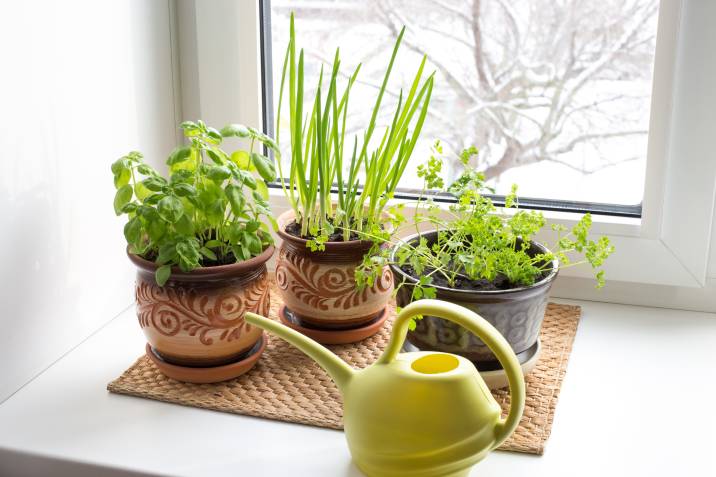 “Where do you plant your herb garden?” This can be tricky since plants need enough space and the right environment to thrive. Some herbs do well in full sun while others flourish even in partial sunlight. You can grow herbs indoors, but other herbs grow best outdoors.
“Where do you plant your herb garden?” This can be tricky since plants need enough space and the right environment to thrive. Some herbs do well in full sun while others flourish even in partial sunlight. You can grow herbs indoors, but other herbs grow best outdoors.
Here are some examples of herbs that grow best indoors and outdoors:
Indoor herbs:
Mint
Rosemary
Thyme
Outdoor herbs:
Basil
Lemon balm
Dill
Note: You can grow herbs indoors and outdoors depending on your preference and space at home. Outdoor herb gardening offers more space and light sources, while indoor gardening makes it possible to raise plants even with limited space.
When you live in a flat, you can choose a ledge that is well-lighted or spacious enough to place your pots. If you want to make a herb garden indoors, a good location would be the kitchen windowsill or on your balcony.
|
You might also like: How to grow a herb garden on a balcony |
Step 2: Gather your pots and fill them with potting media
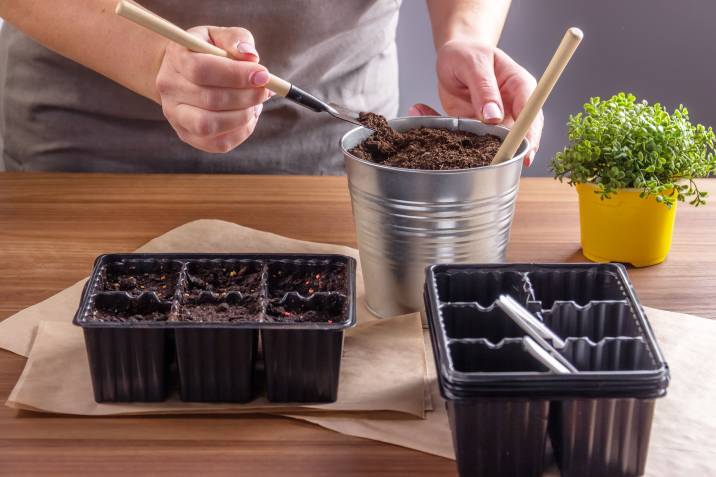
You can use any type of pot with good drainage for planting your container garden. Experiment with containers like brown pots, egg crates, plastic bottles, plastic pots, and more. Once you have your pots ready, it’s time to get your hands dirty!
Use your hand trowel to fill the pot with your preferred potting media.
Fertilise. You can check the herb’s package for the instructions, or ask your local garden centre about the best fertiliser to use for your herbs.
Give the pot a few taps to let the soil settle down, closing all the air holes.
Other alternative herb potting ideas you can try are a wooden pallet, vertical hanging pots, and an elevated garden bed.
|
Also read: How to start container gardening the right way |
Step 3: Place your seeds into the pot
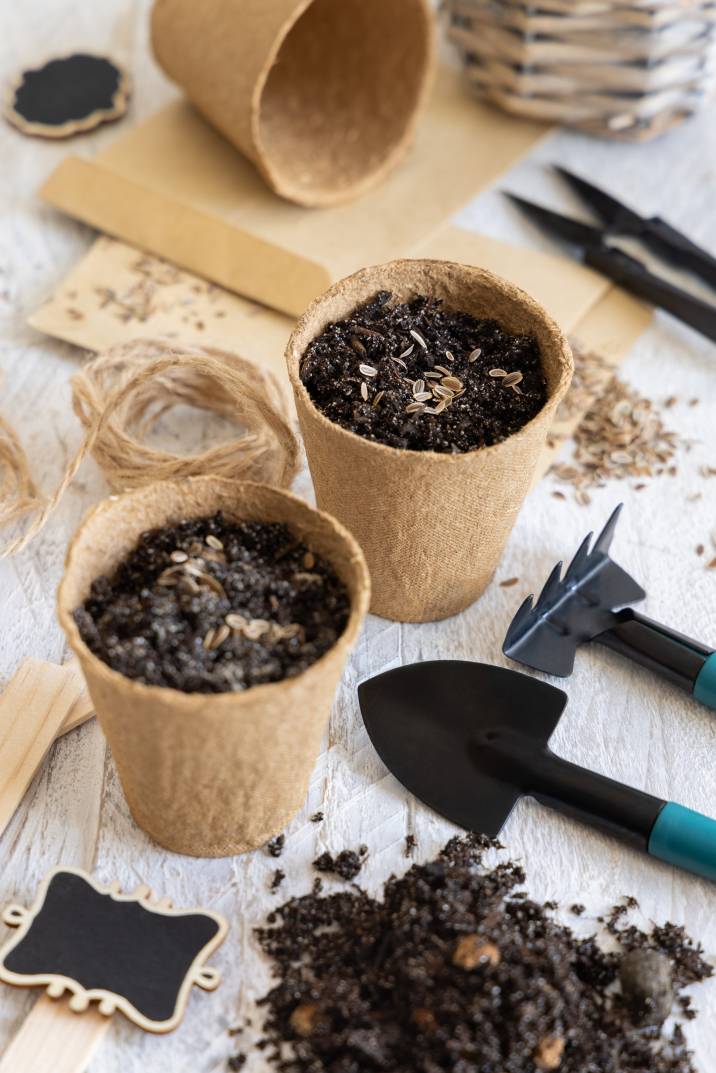
This is where the fun starts! Follow these steps after researching the best herbs for outdoors and indoors.
Place your seeds on top of the soil. Scatter about 2-3 seeds in each pot, just in case your first seed does not sprout. Too many seeds can make your pot crowded and stifle your plant’s growth in the process.
Place another thin layer of potting soil (your topsoil) on top of the scattered seeds.
Plant your seeds. Early morning or late afternoon is the ideal time to plant, as the midday sun could wilt your plants.
Grab your watering can and give the plant a good watering before placing it in its spot.
Finally, make sure to label your seedlings! Each herb has different needs and care requirements. Putting labels also makes it easier to identify which is which.
| Need help with setting up your herb garden? Check out the cost of a gardener in your location and consider hiring a garden planting service! |
Step 4: Let your seeds germinate
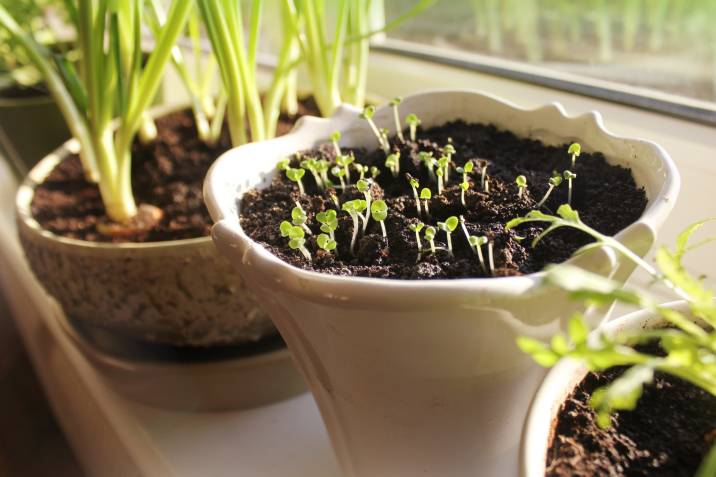
Now, you play the waiting game. To create a homey environment for your plants, give them what they need to shoot up. Remember that the warmer the place, the faster the seeds germinate. This is why choosing your plant’s location in your home is crucial.
To speed things up, you can create a makeshift greenhouse and cover your pot with a clear plastic bag. Poke a few holes into the plastic bag to lock in the moisture while allowing proper air circulation.
Step 5: Water your plants

Where your plant is on the life cycle determines the amount of water it needs. But for seedlings, it’s best to keep their soil wet to encourage root growth. Water them well if you see the topsoil on the dry side.
Be wary of overwatering and underwatering when your plants start growing. Here are some herbs and their specific watering needs.
Parsley: Thrives in moist (but not waterlogged) soil.
Coriander: Doesn’t like it when the soil completely dries out.
Mint: Another herb that doesn’t like to get thirsty. Mint should be kept moist but not saturated with water.
Here are general tips on how often you should water your herbs:
For seeds - Every 3 days, ensure the soil stays moist.
For seedlings - Once per week to twice a week under extreme heat, and less frequent during the rainy season or colder months.
For firmly established herbs - Once per week to twice a week during drought conditions and less frequent during the wet season.
What herbs are the easiest to plant?
While some gardening enthusiasts can take on the challenge of managing high-maintenance plants, low-maintenance plants are the safest option for beginners. Many herbs are not picky with the conditions they are presented with. Below are some of the examples:
Rosemary
Basil
Oregano
Sage
Thyme
Mint
☞ Learn more: Gardening for beginners
Make growing your herb garden easier
You don’t need high-level gardening know-how to start a herb garden, but the task can still be overwhelming for a complete beginner. If you need some guidance, hire an expert gardener who can help you set up your herb garden. You’ll have an all-year-round supply of fresh herbs in no time!
FAQs on herb gardening
Herbs like sage, thyme, rosemary, oregano, and lavender can grow in one area. Planting herbs in the same pot is a great solution if you have minimal space for a home garden. For those herbs that are moisture-dependent, you can put together tarragon, basil, and cilantro.
Herbs usually last for a single season, and then their life span ends. Some herbs are also seasonal, meaning they thrive during a specific timeframe. That’s why it’s essential to know when to plant a herb garden to ensure they’re in time for harvesting.
For example, basil and other annual herbs tend to harden up when autumn temperatures fall, while parsley enters a dormant state during the cold months of its first year.
Find garden planters, fast
Find a garden planter
Related articles
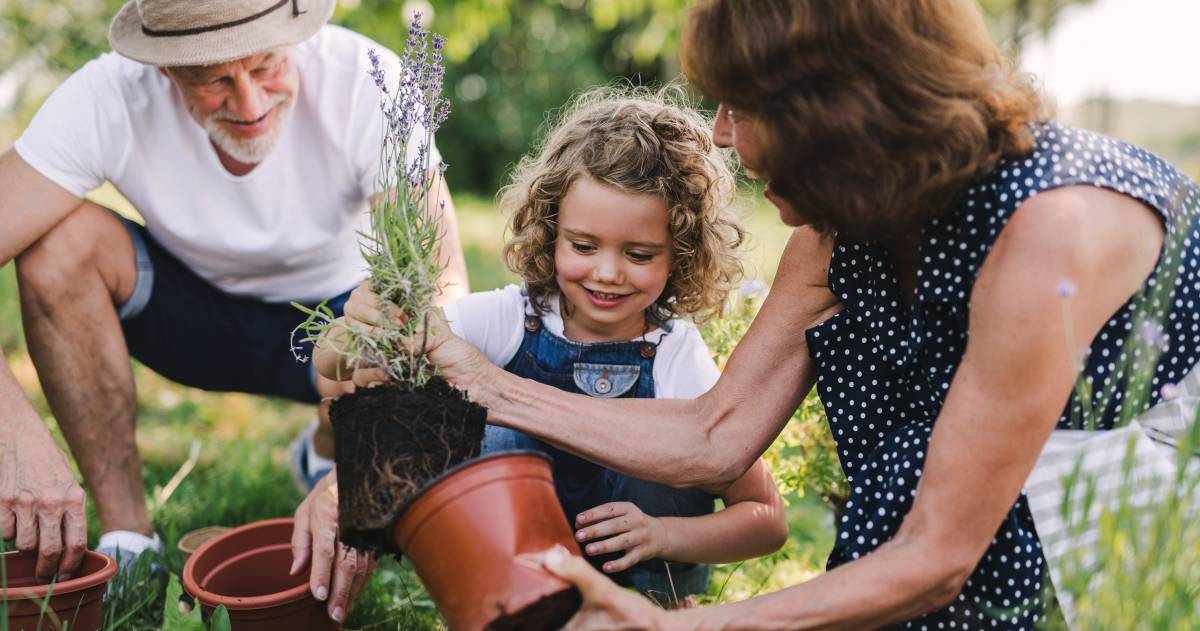
13 best spring gardening tips
Read more
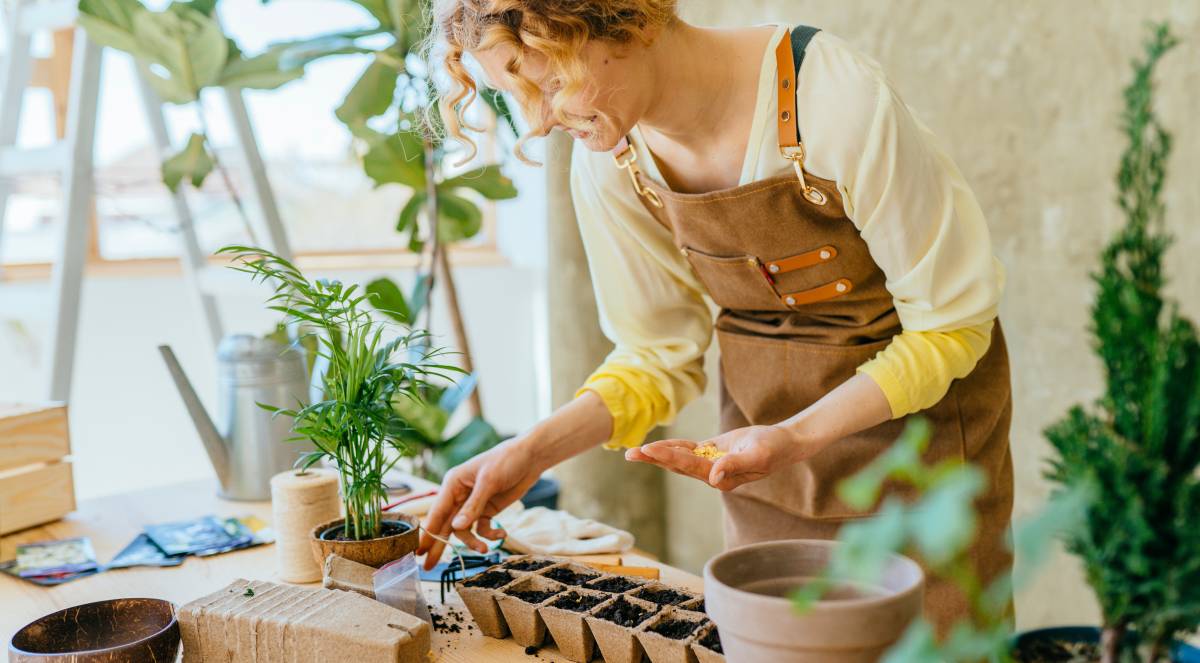
25 ways to make money gardening
Read more
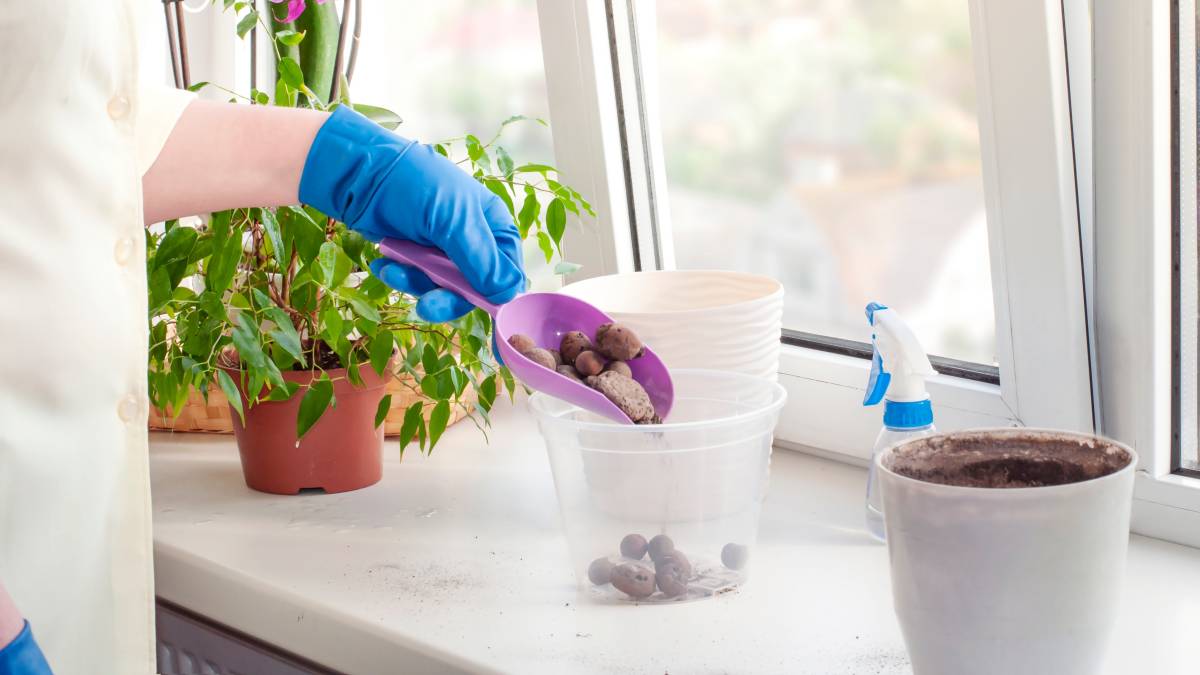
36 Quirky plant pot ideas you’ll love
Read more
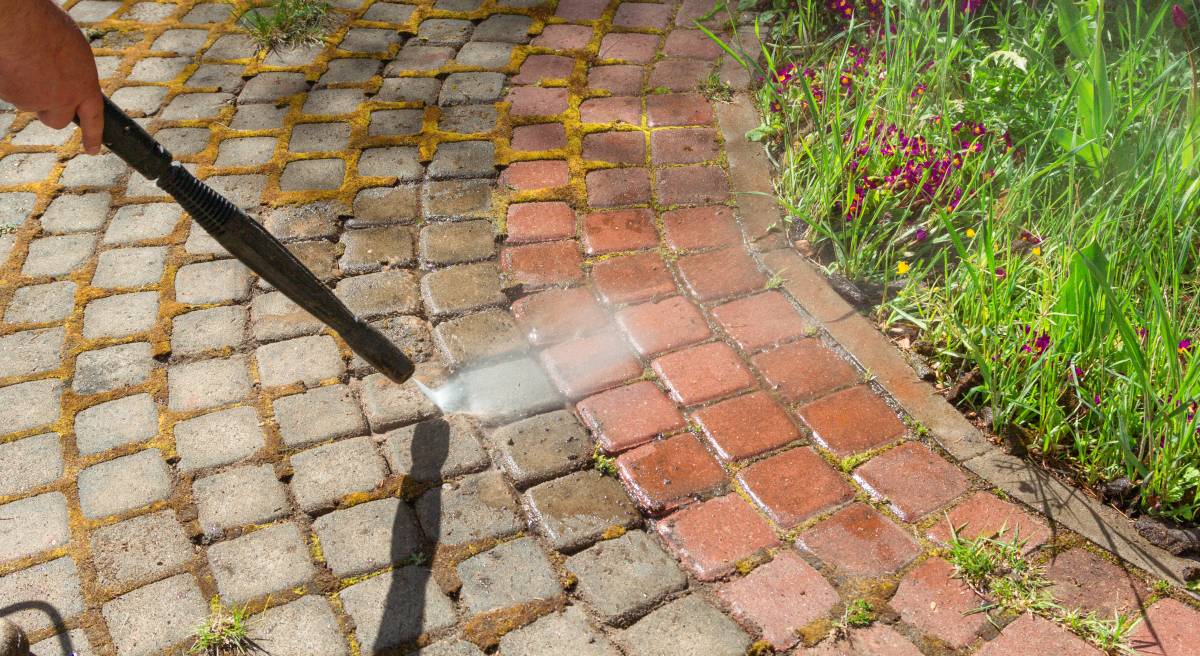
How to clean garden rocks
Read more
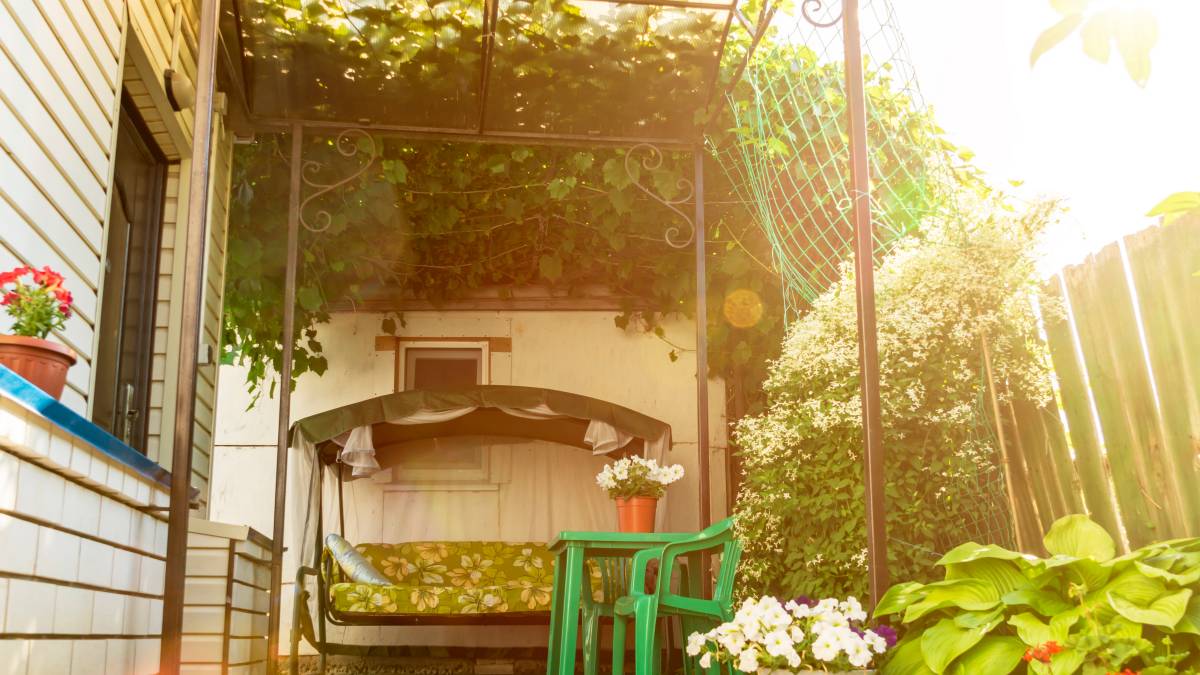
18 Garden canopy ideas you’ll love
Read more

Gardening tips for beginners
Read more
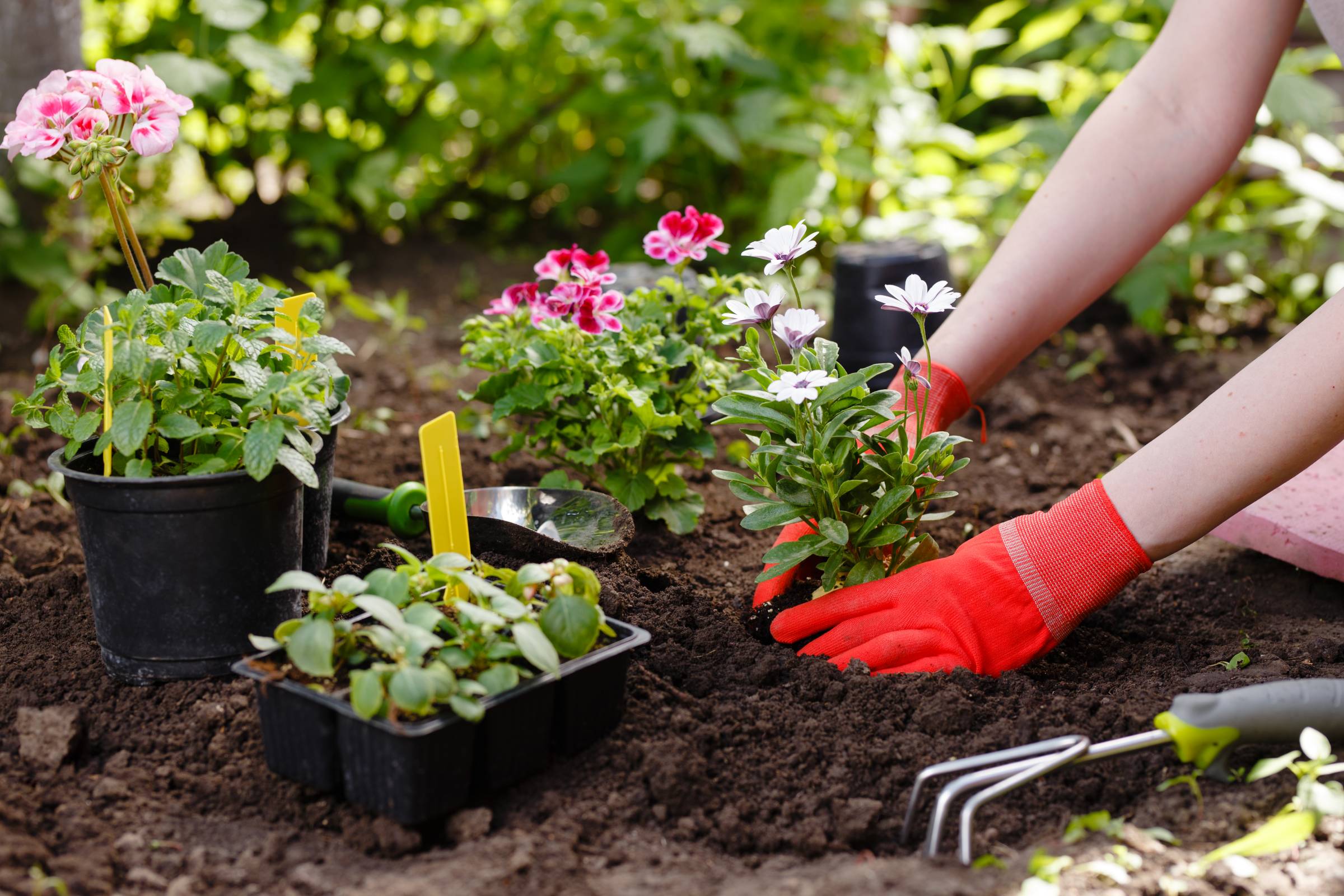
Your garden maintenance checklist
Read more
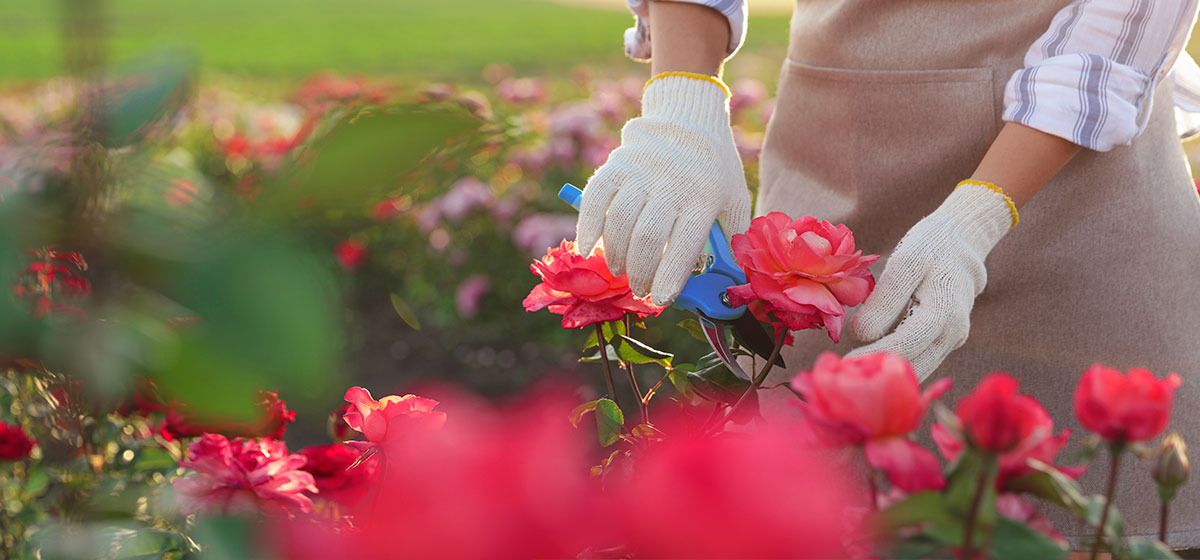
How to prune roses the right way
Read more
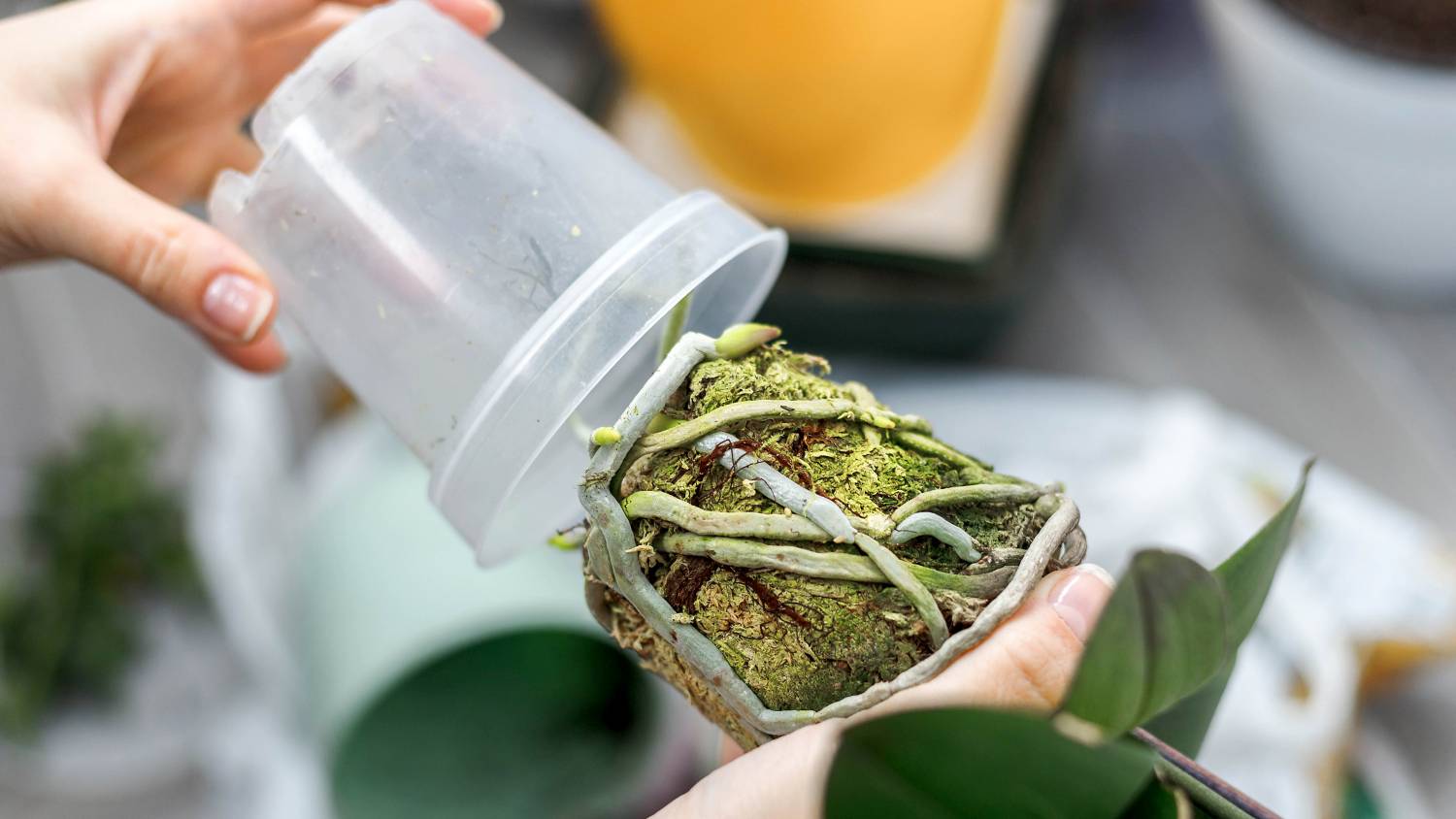
Learn how to repot an orchid
Read more
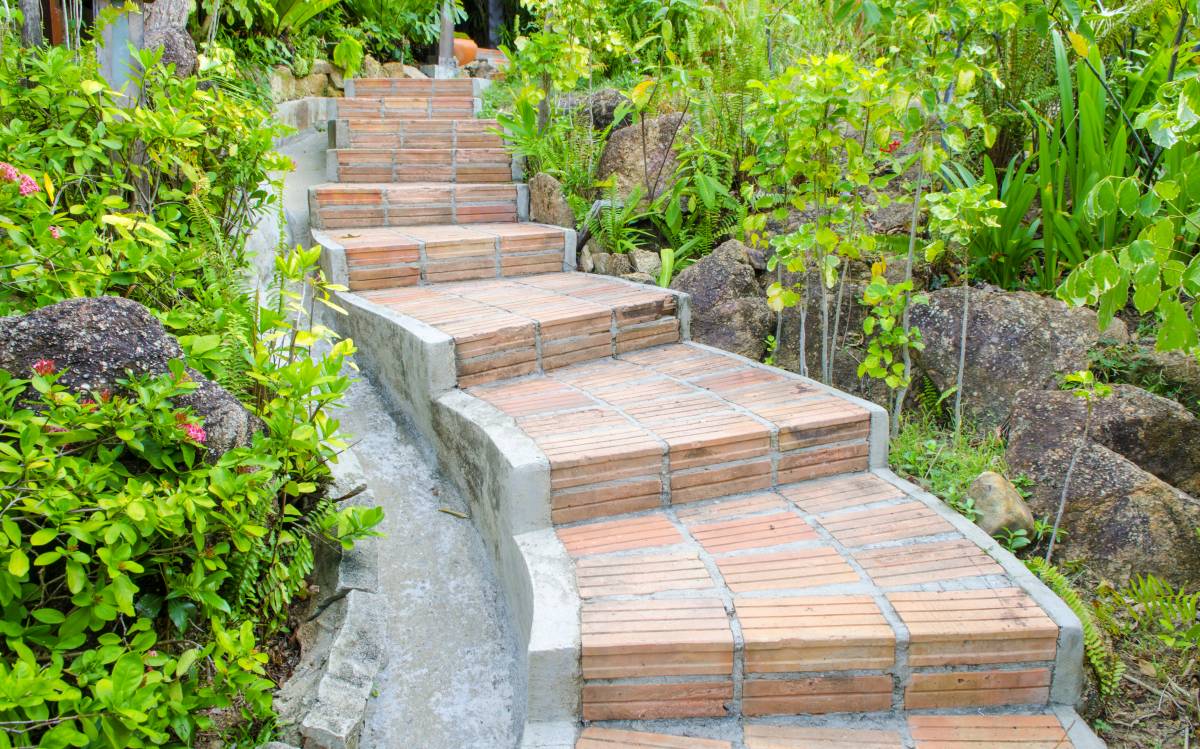
How to build garden steps
Read more
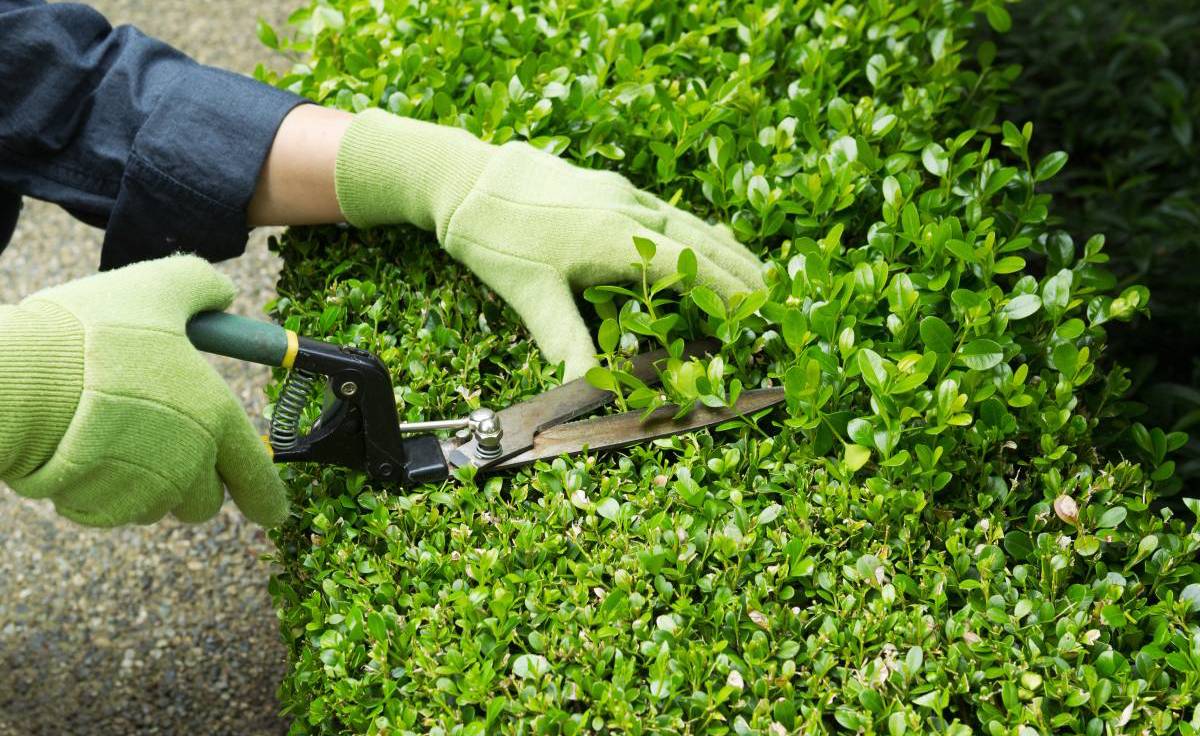
How to trim bushes the right way
Read more
Related price guides
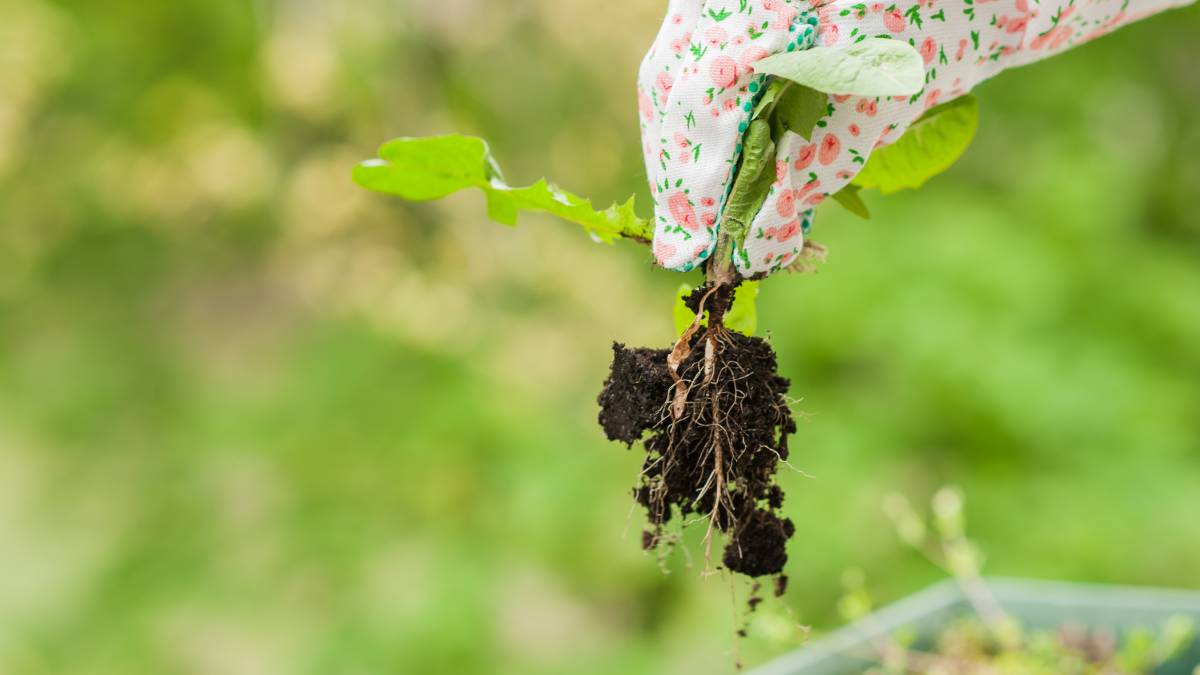
How much does weeding cost?
Read more
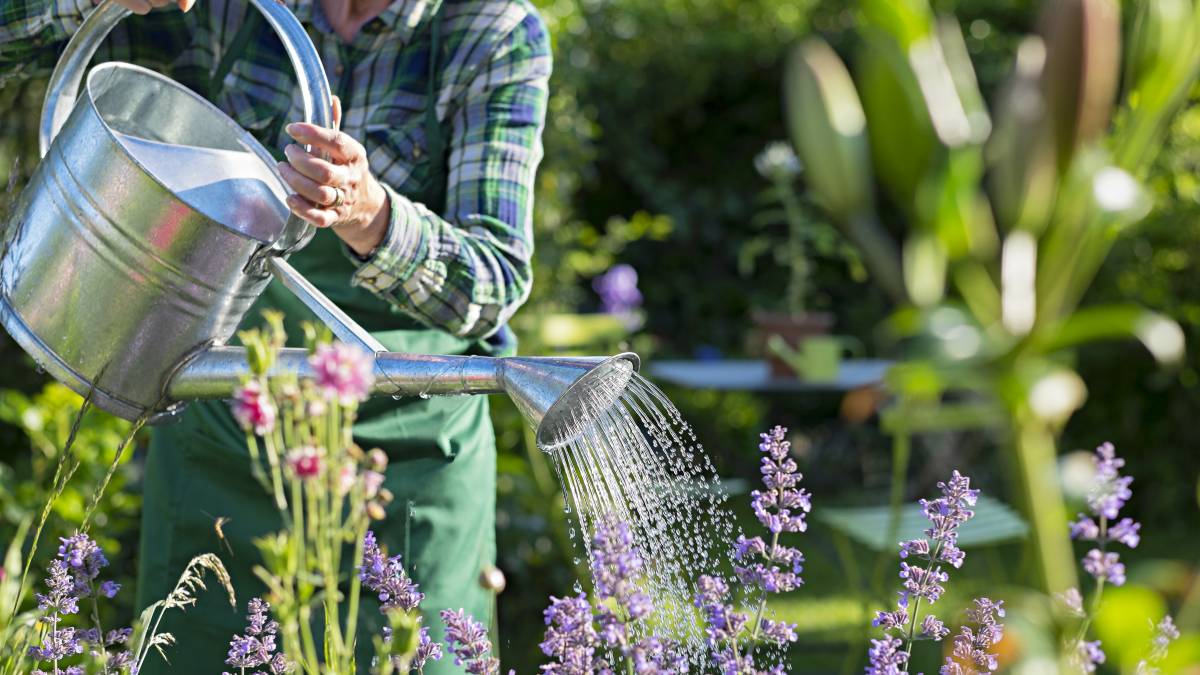
How much does a gardener cost?
Read more
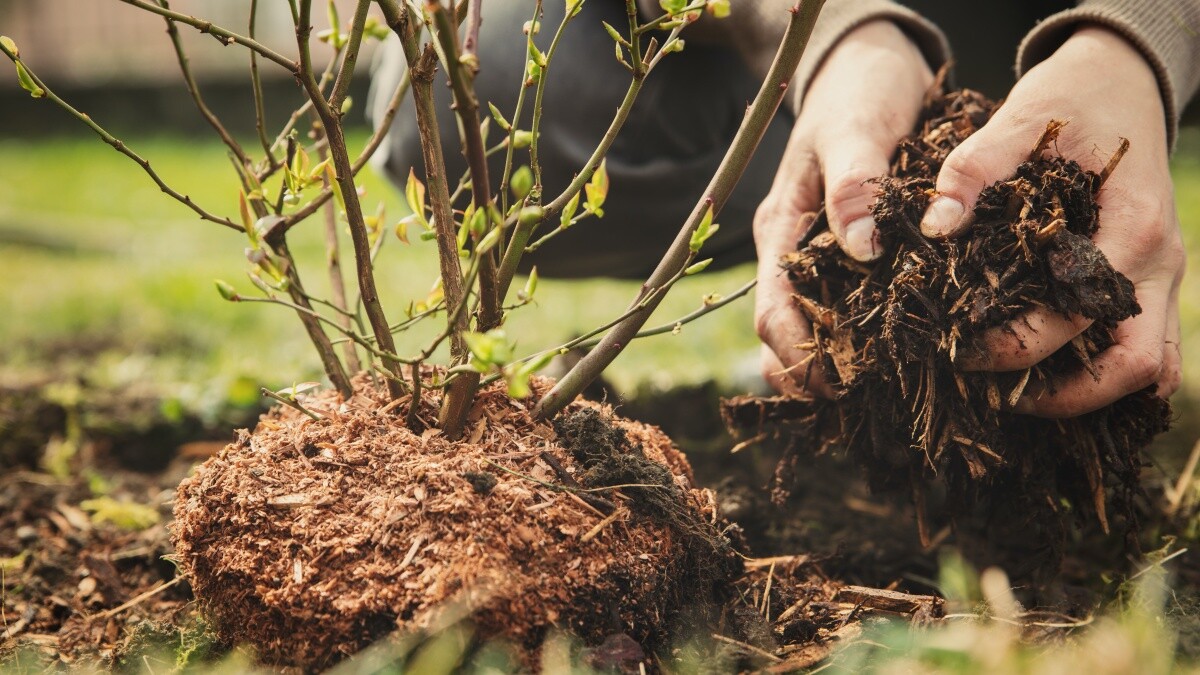
How much does mulch cost?
Read more
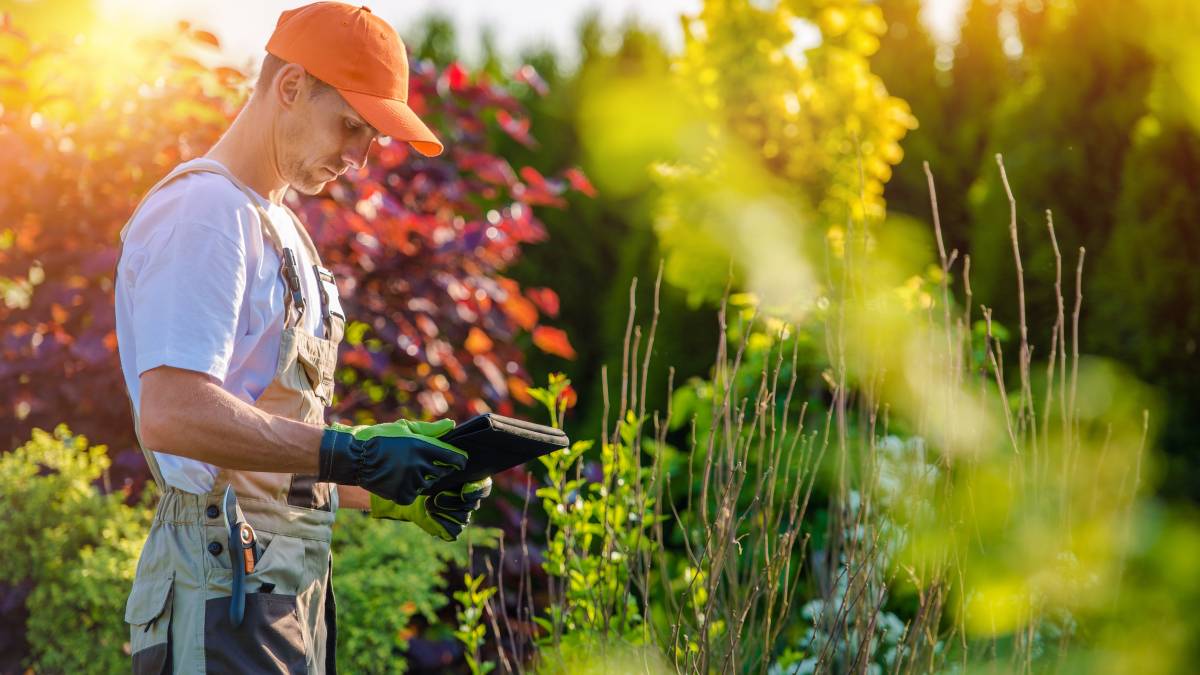
How much does garden clearance cost?
Read more
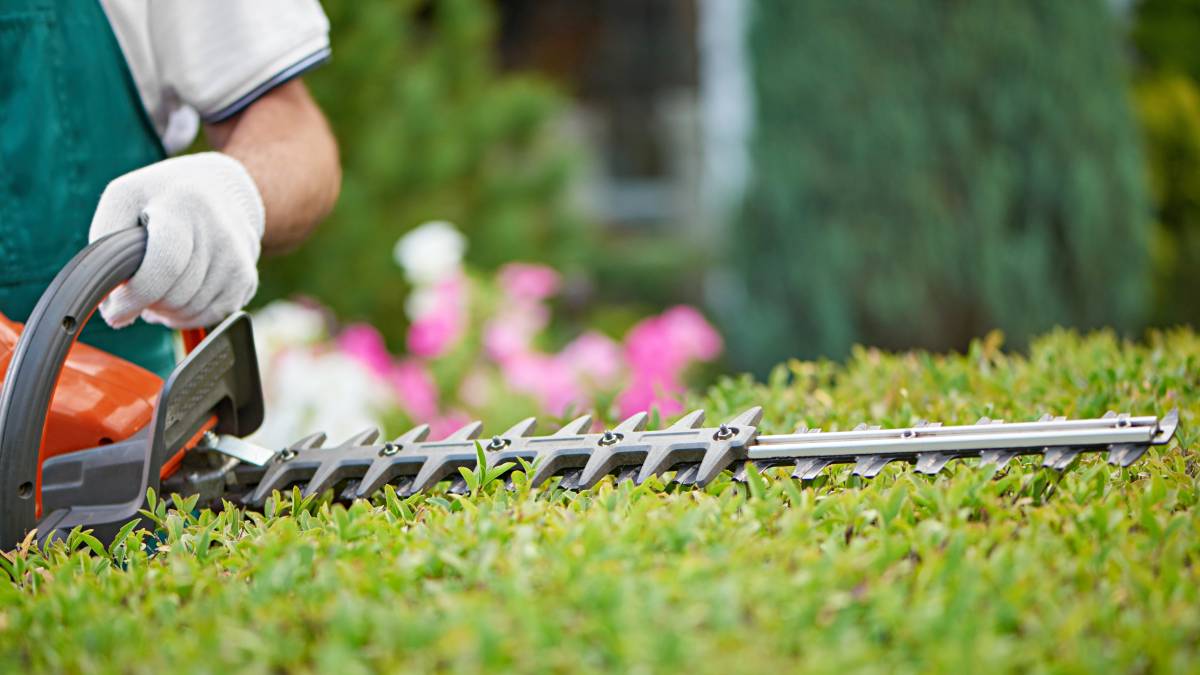
How much does hedge removal cost?
Read more
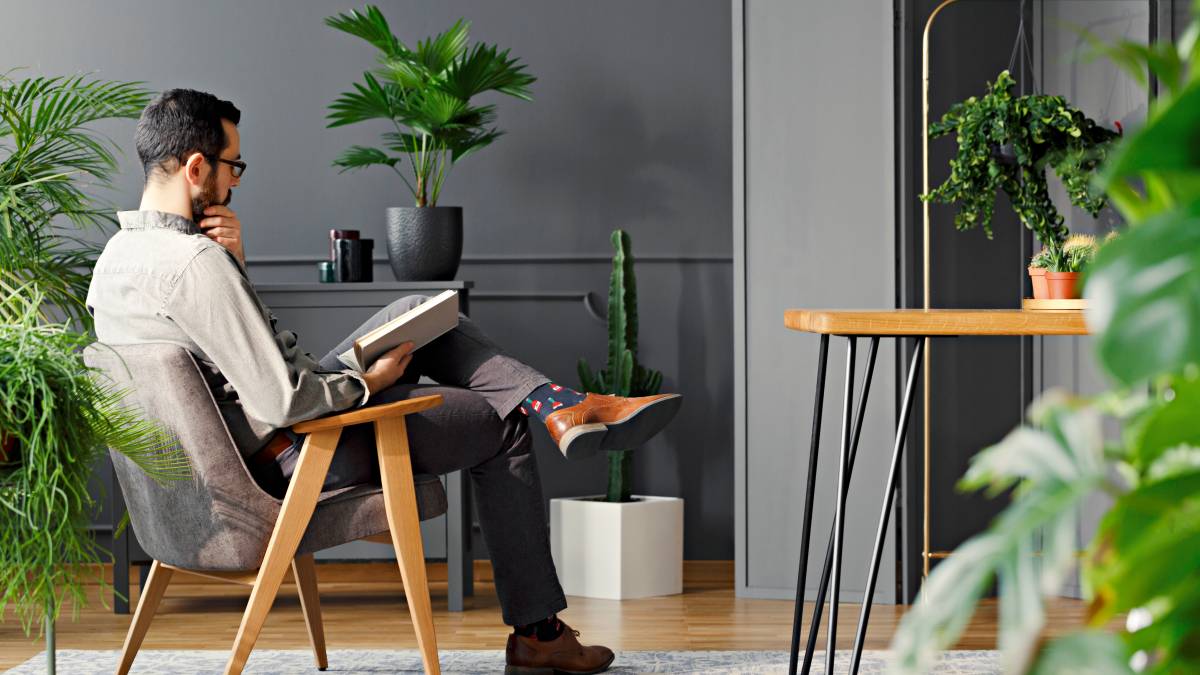
How much does a garden room cost?
Read more


